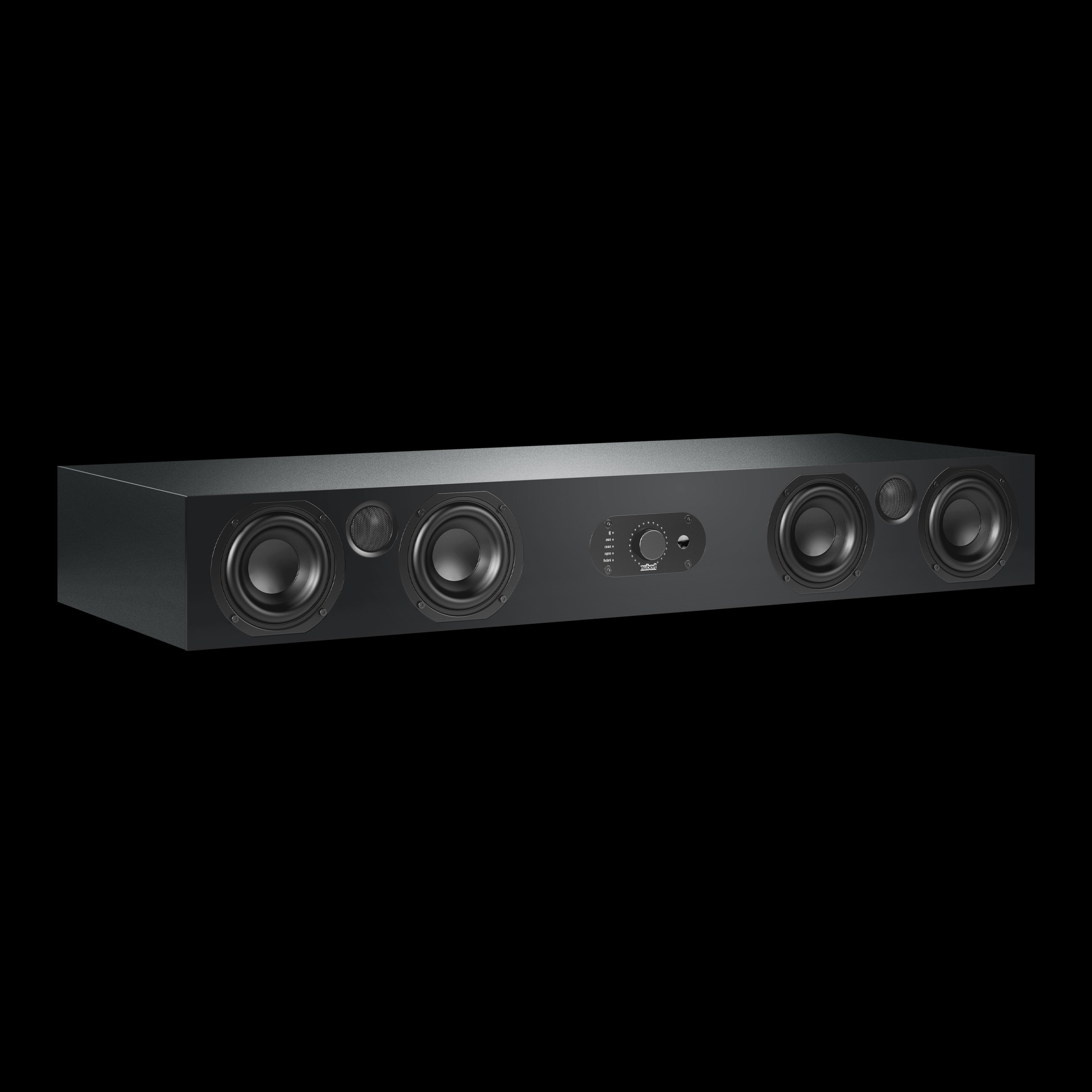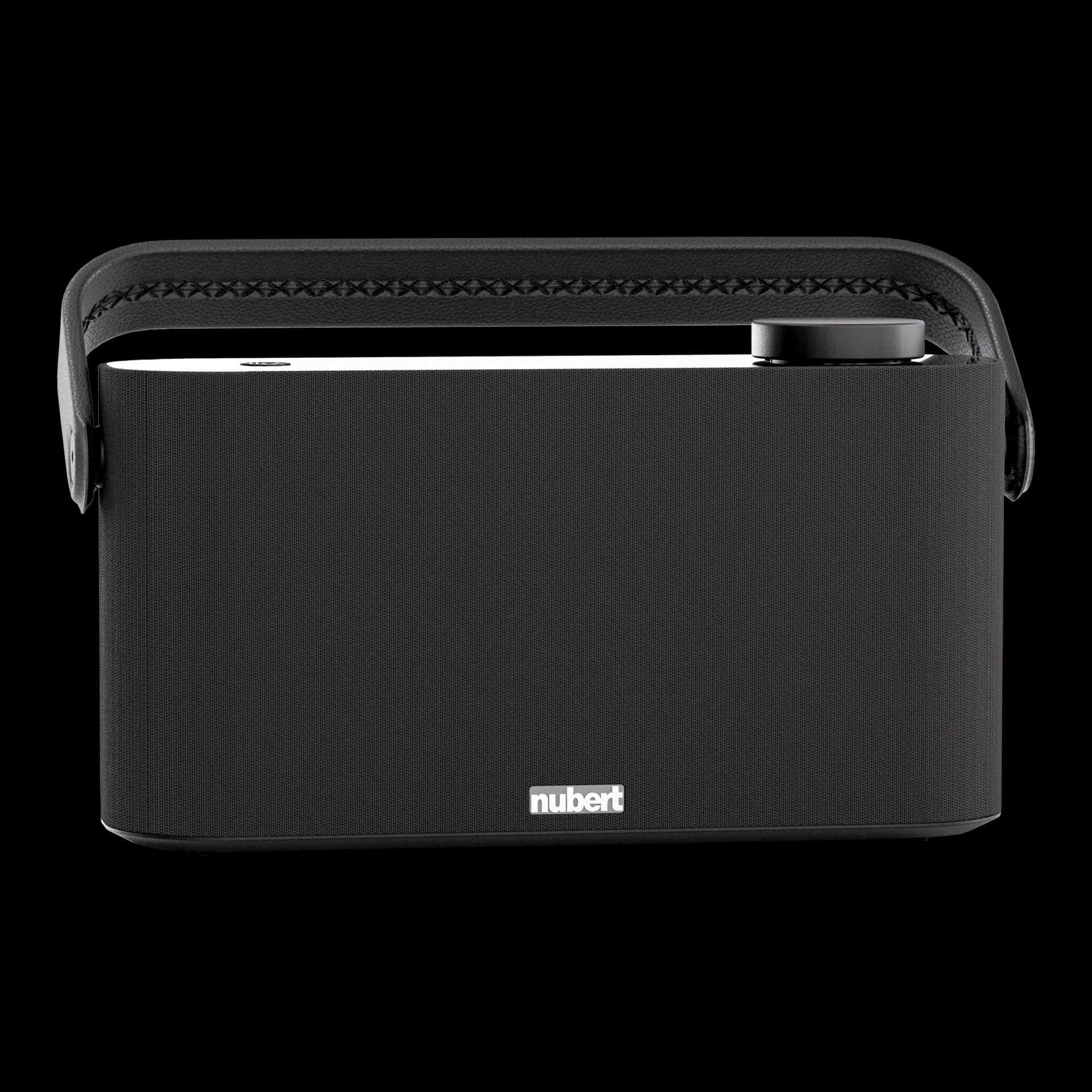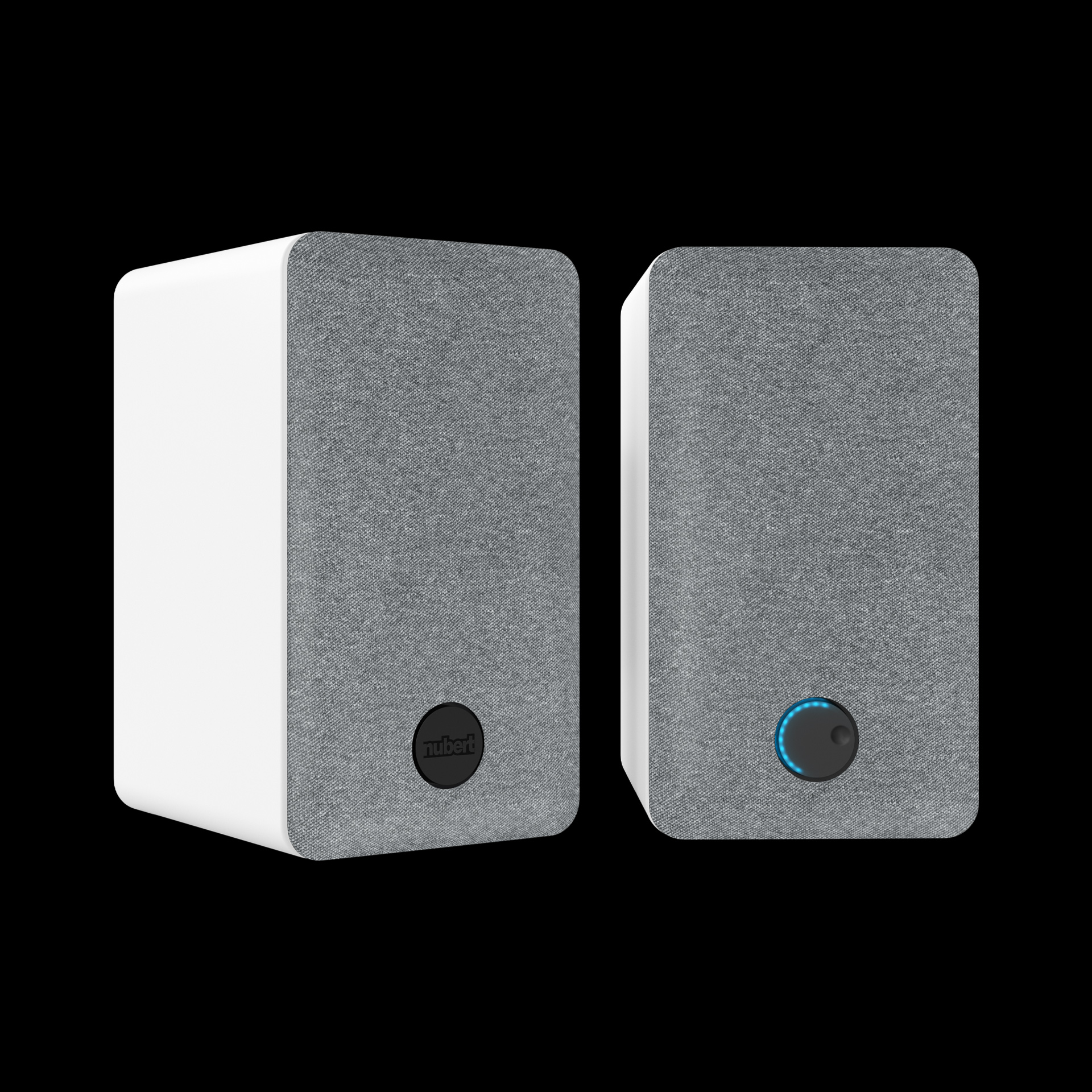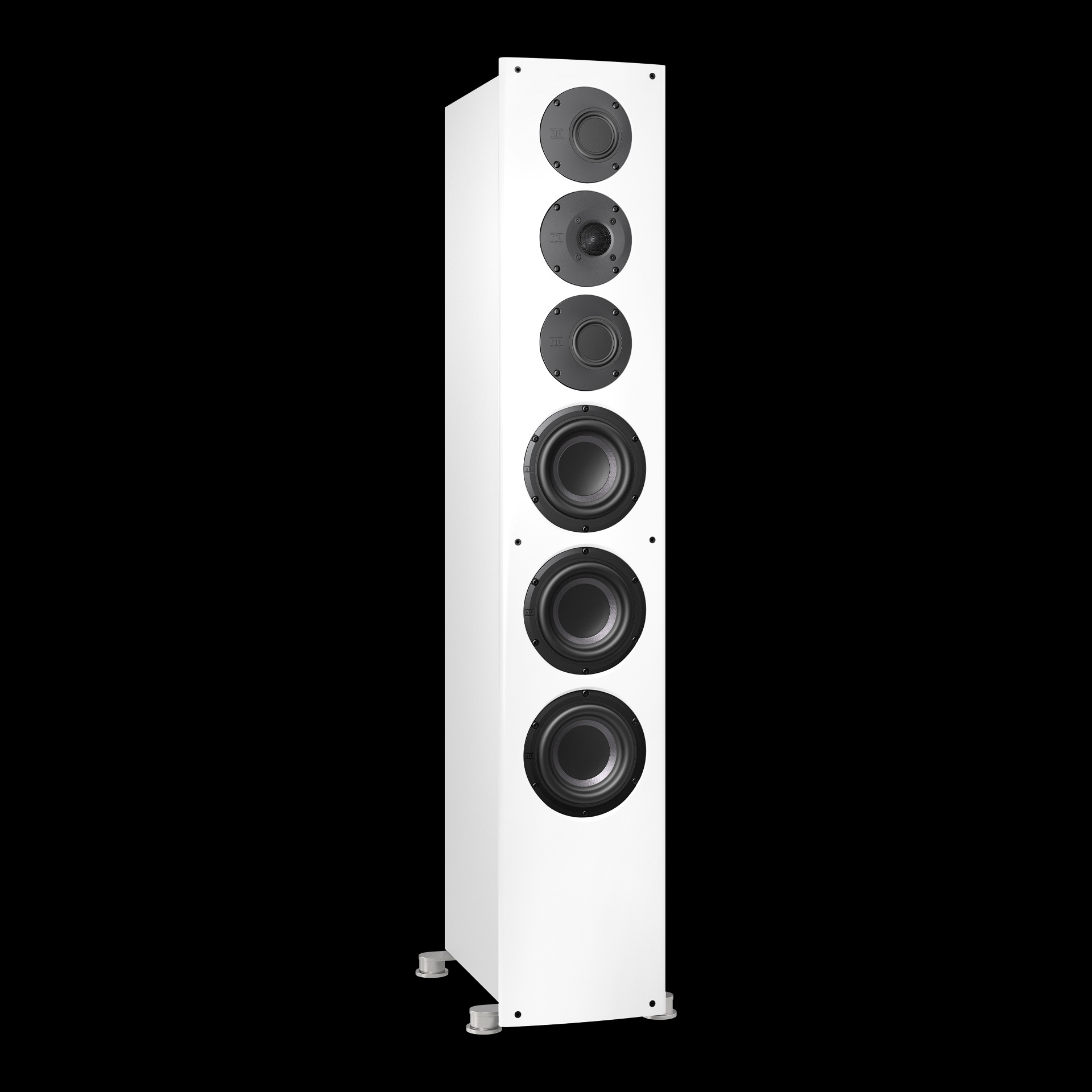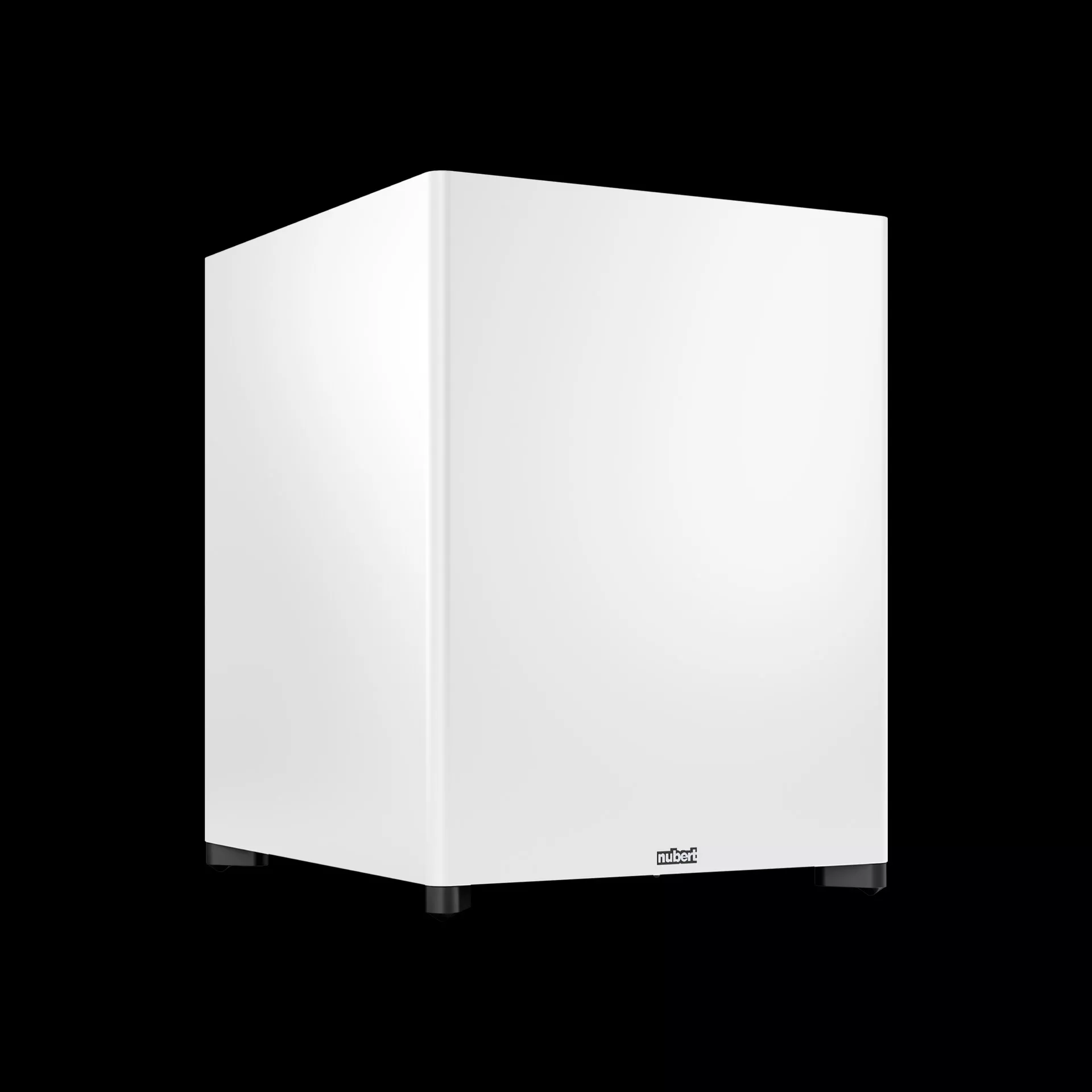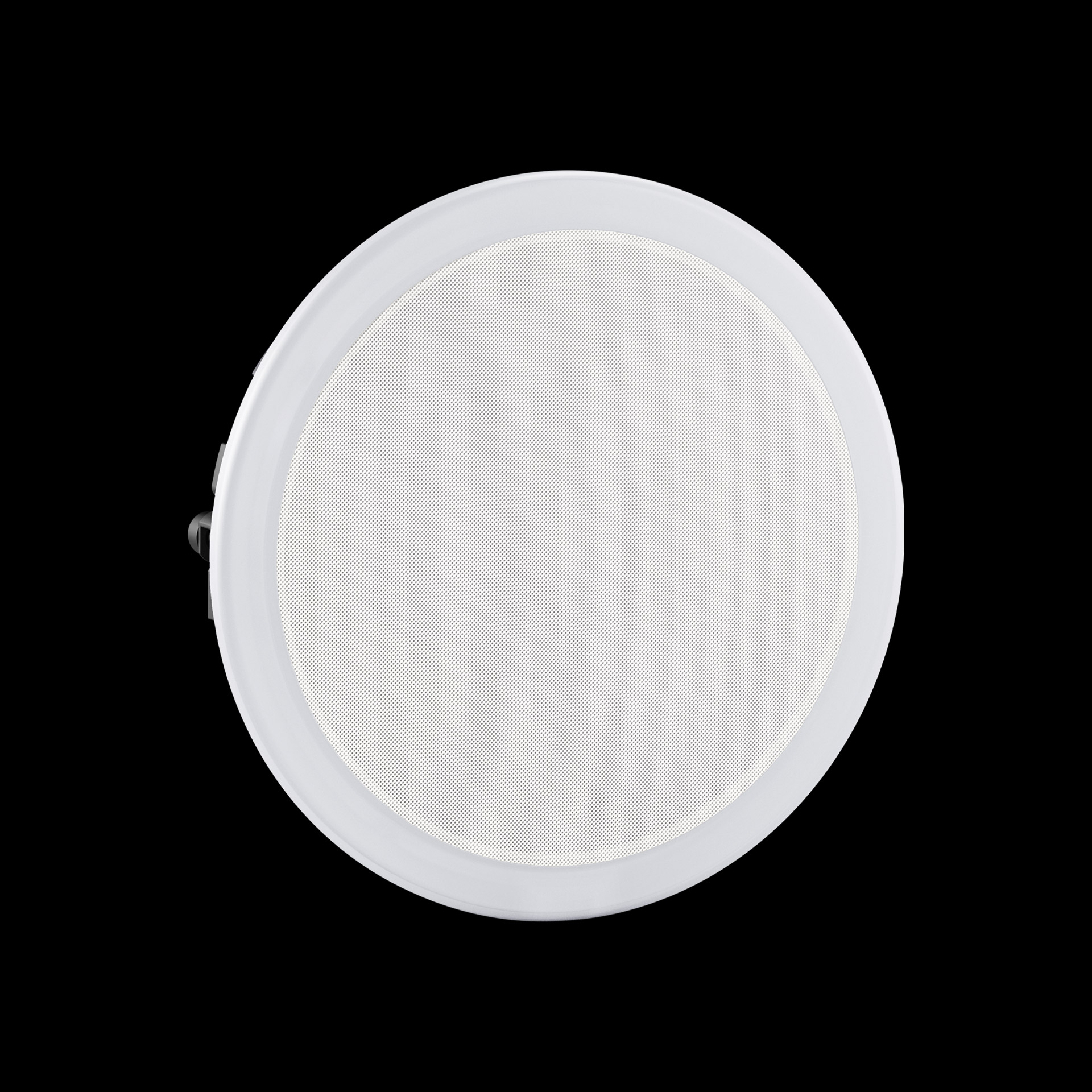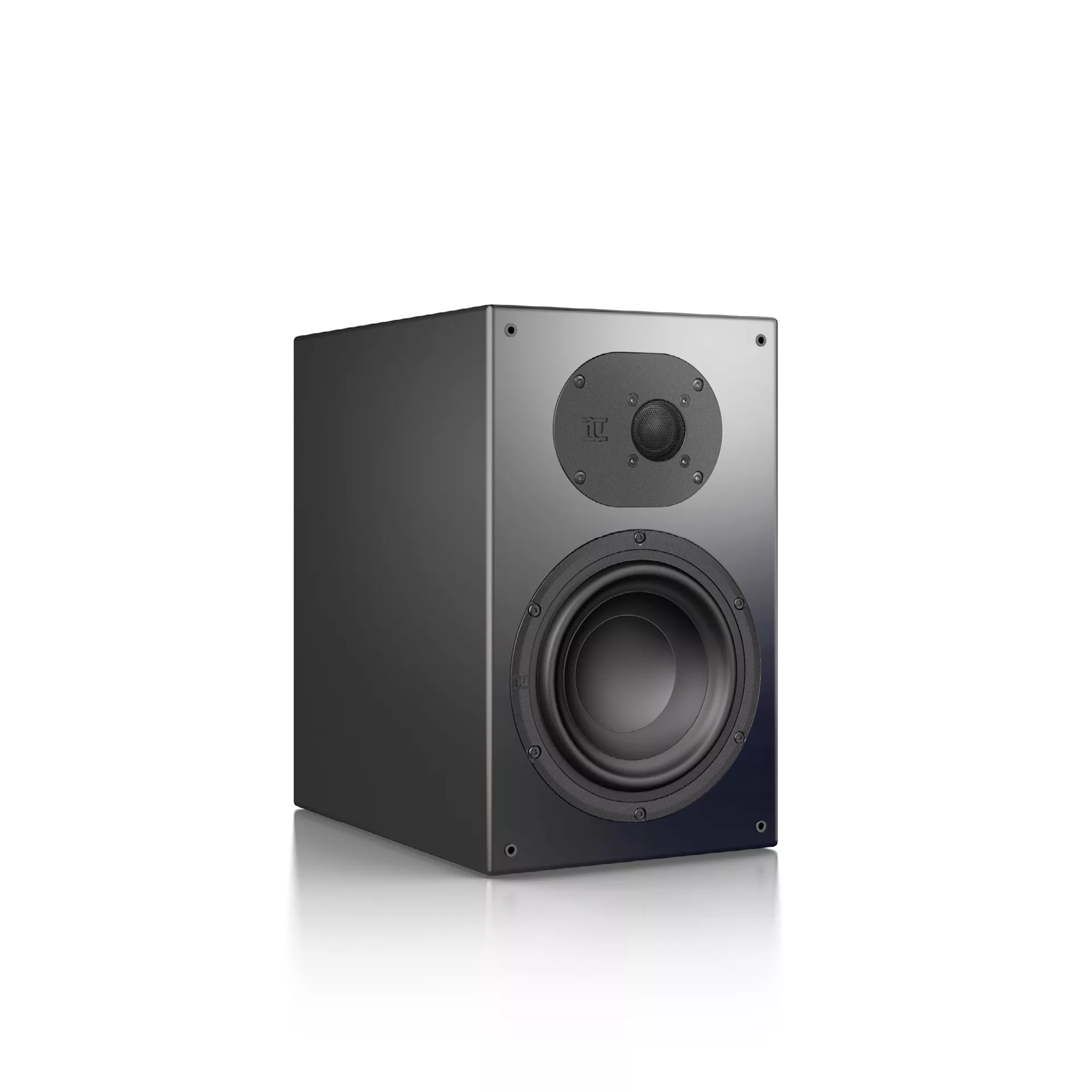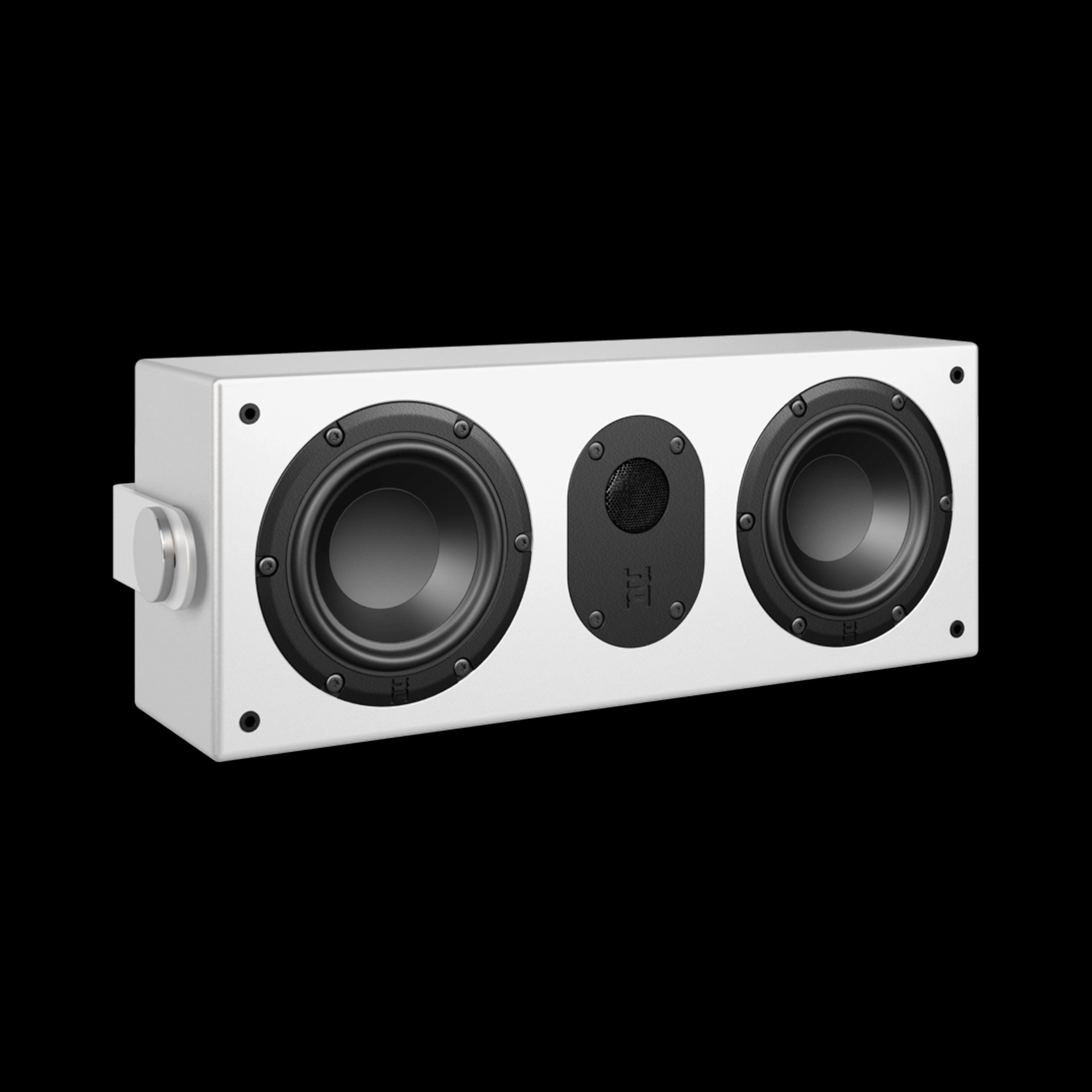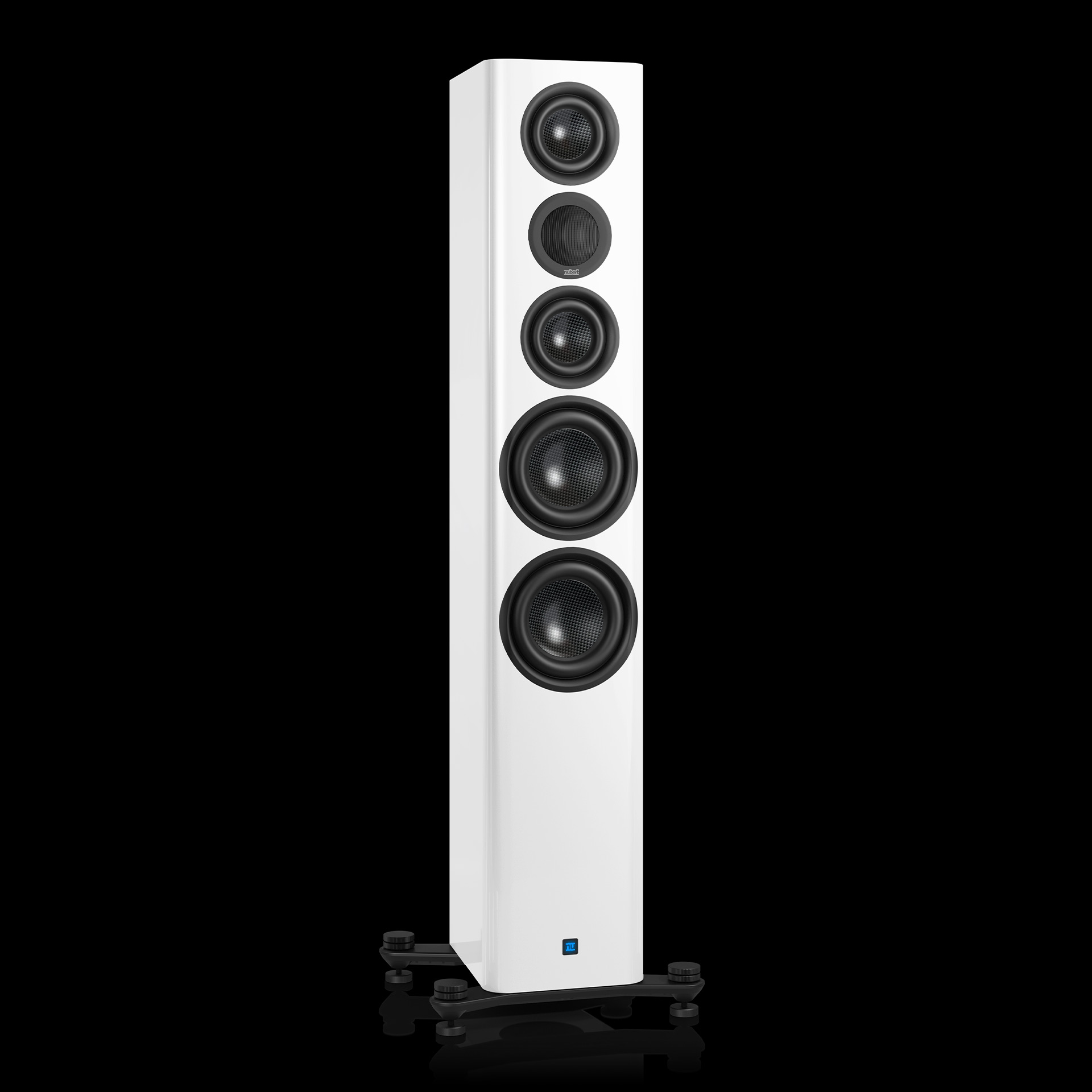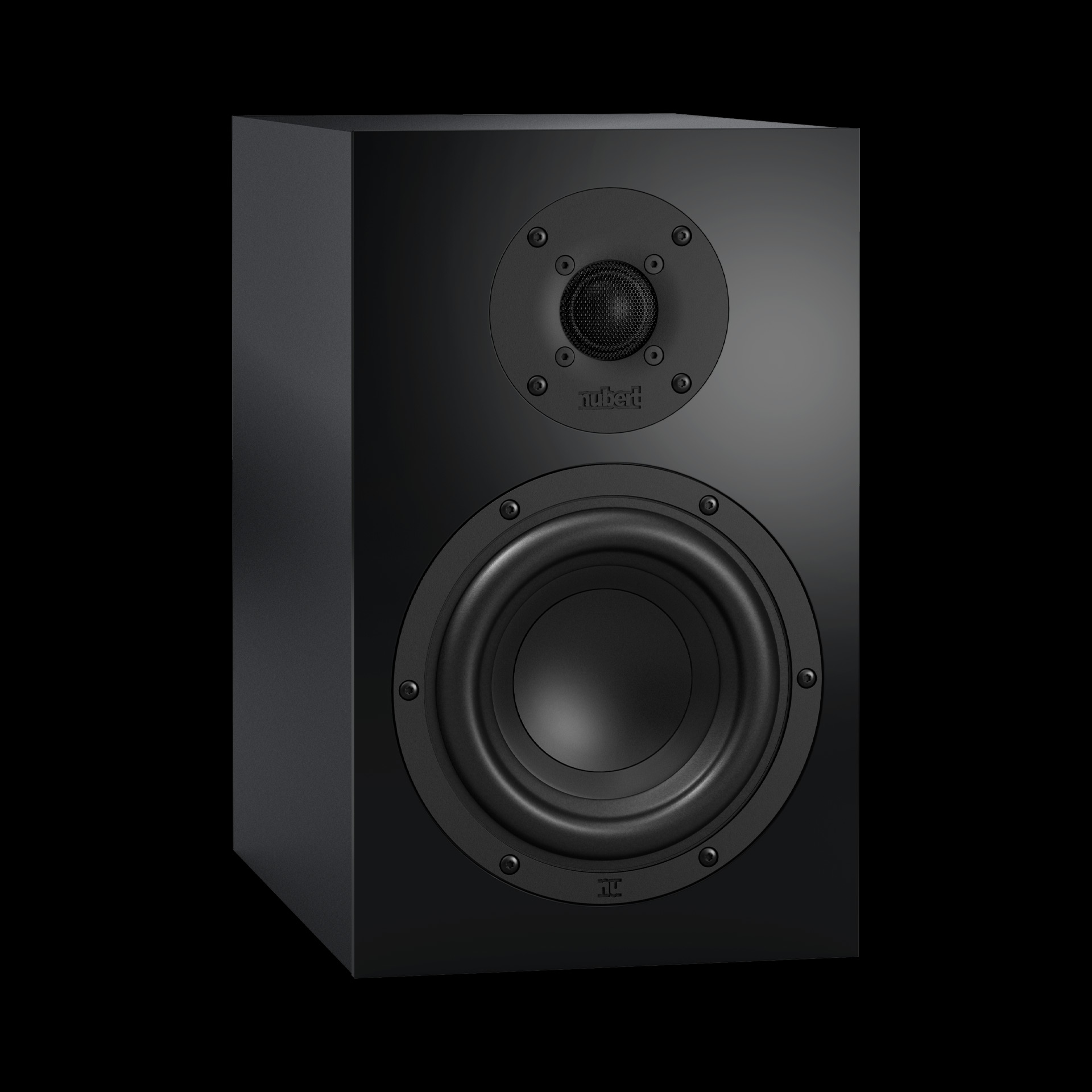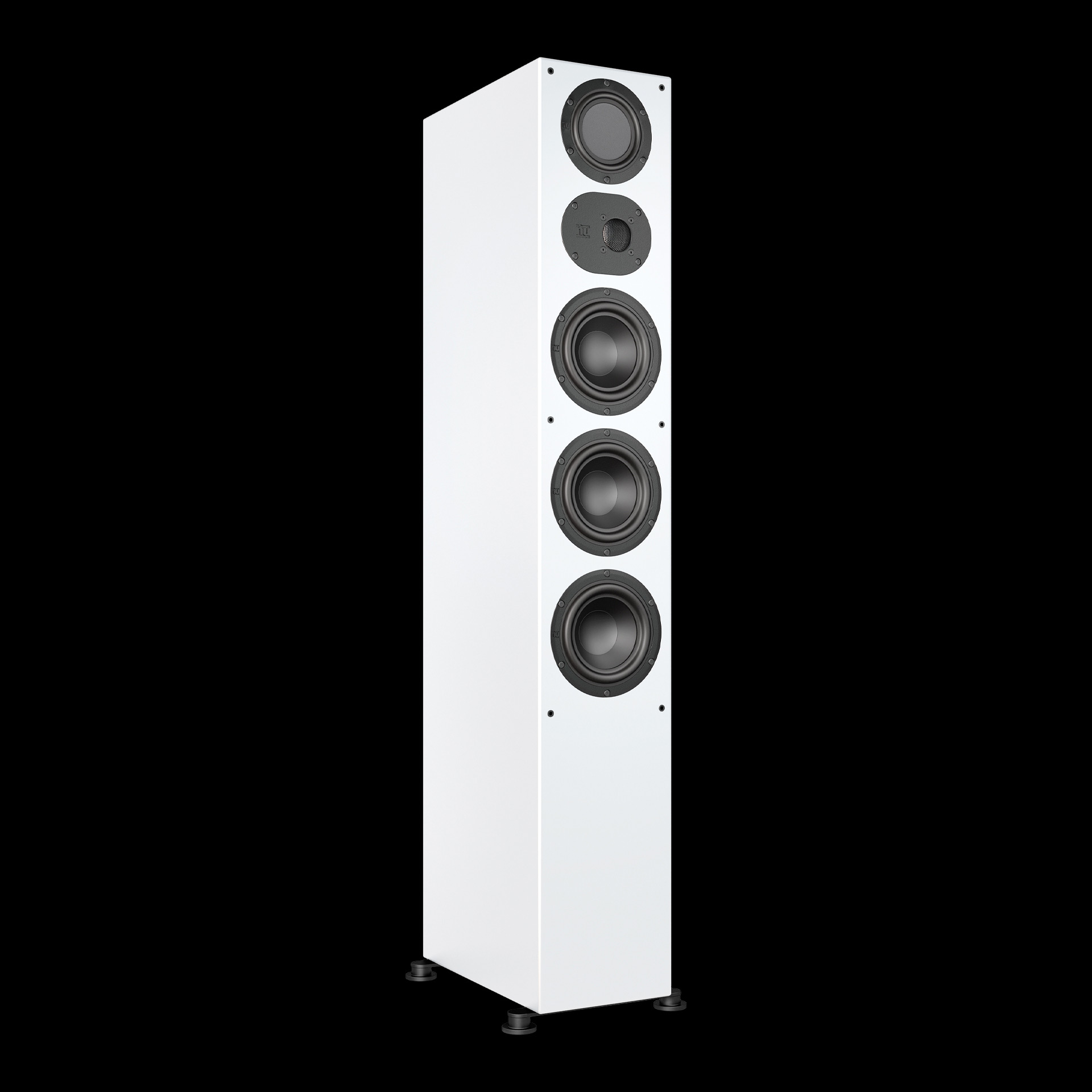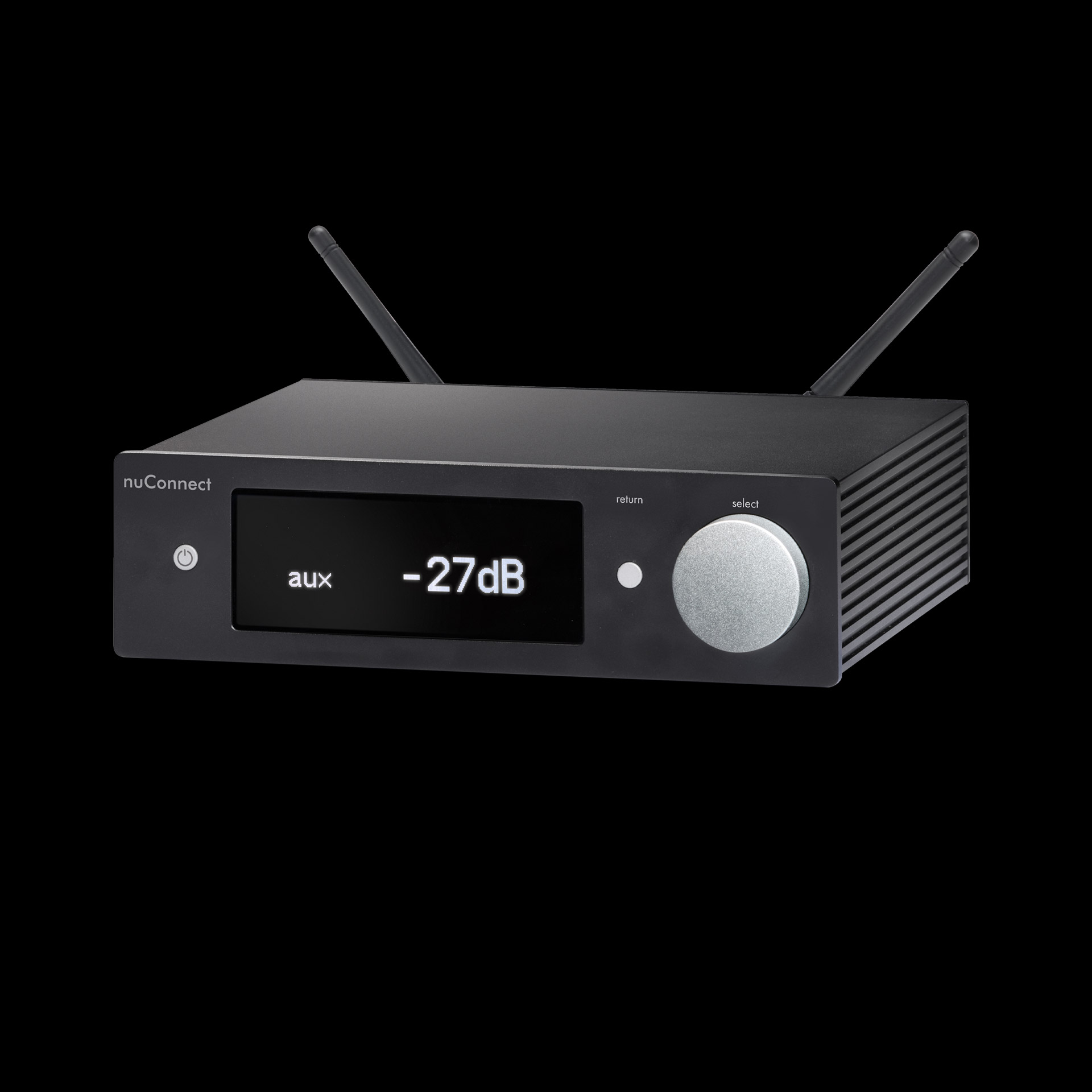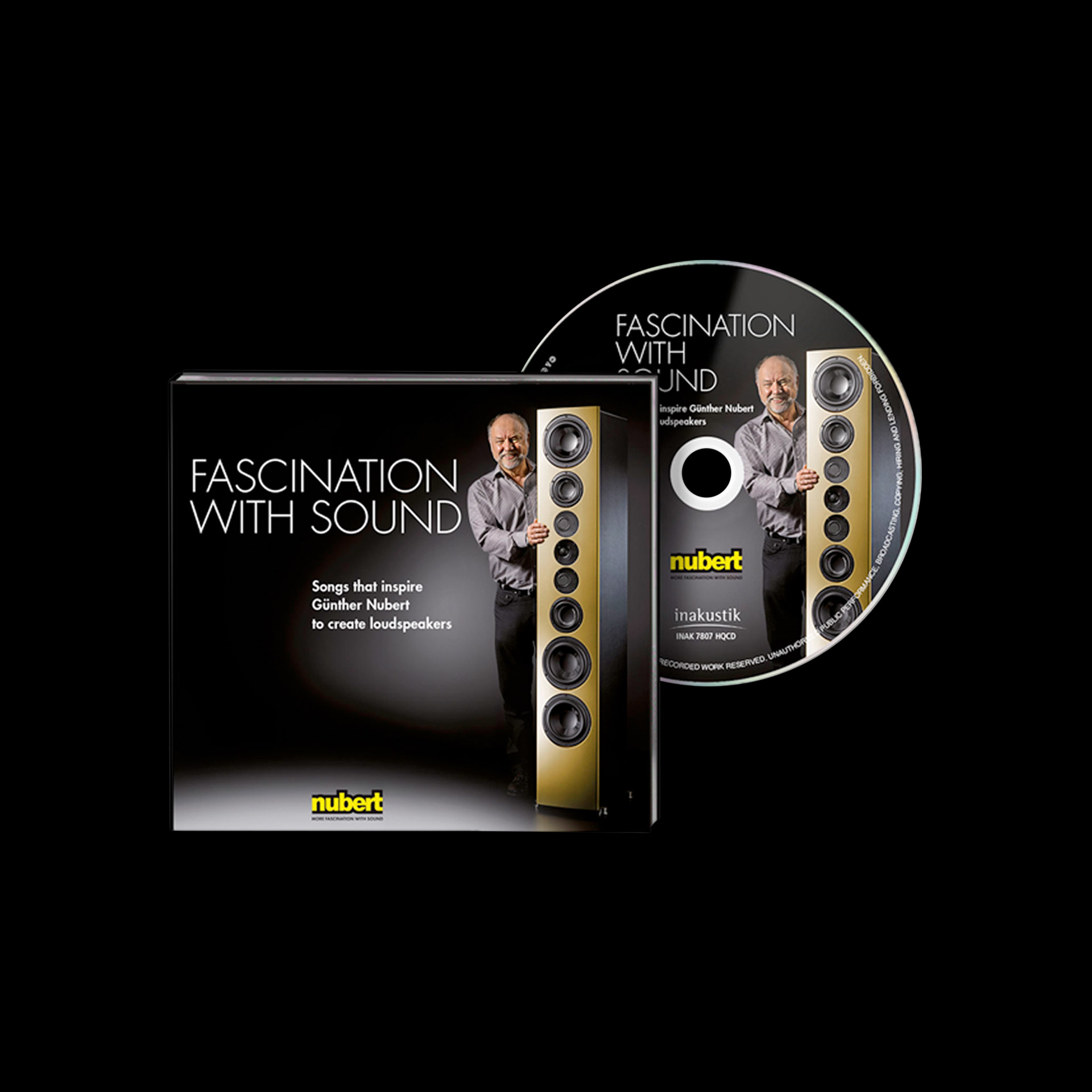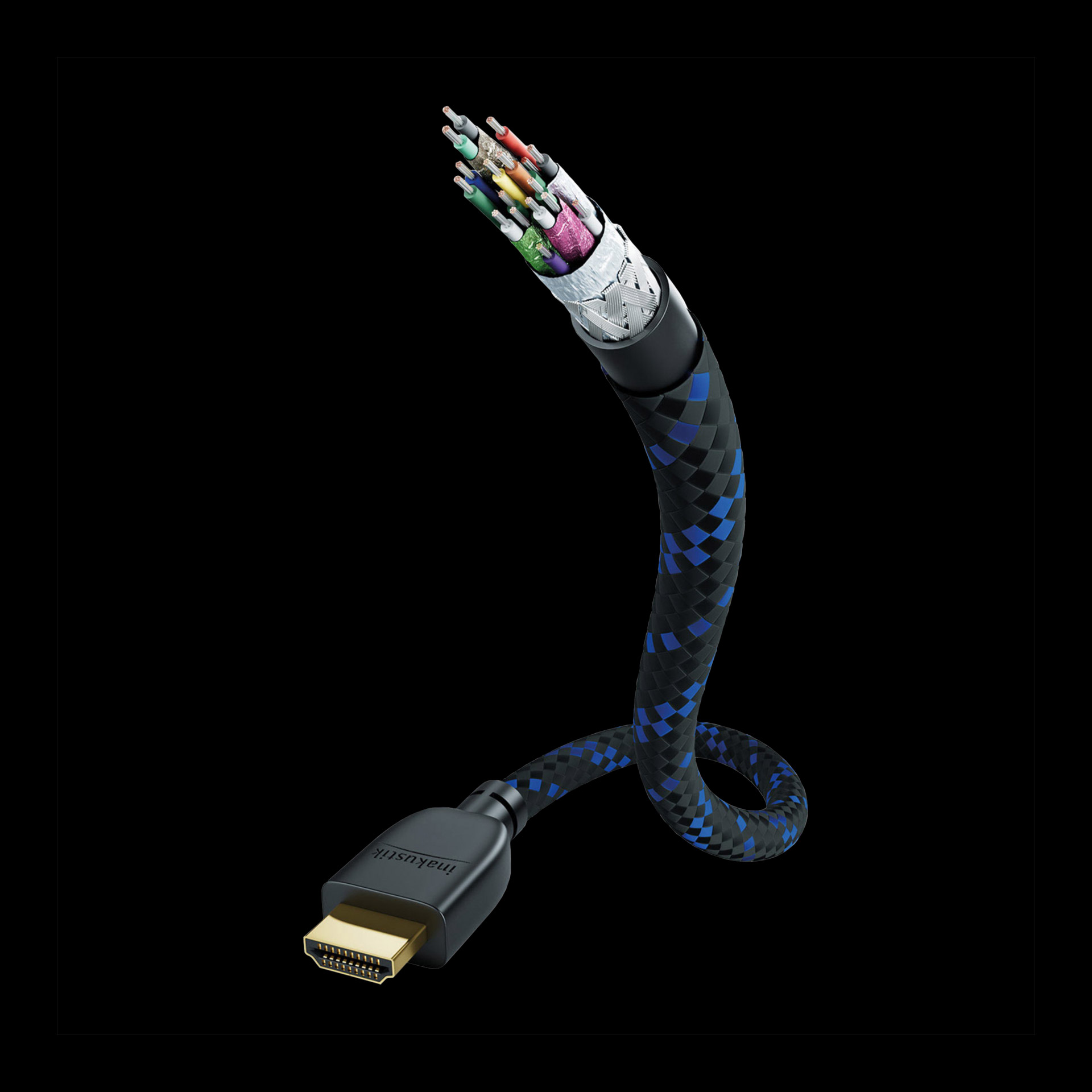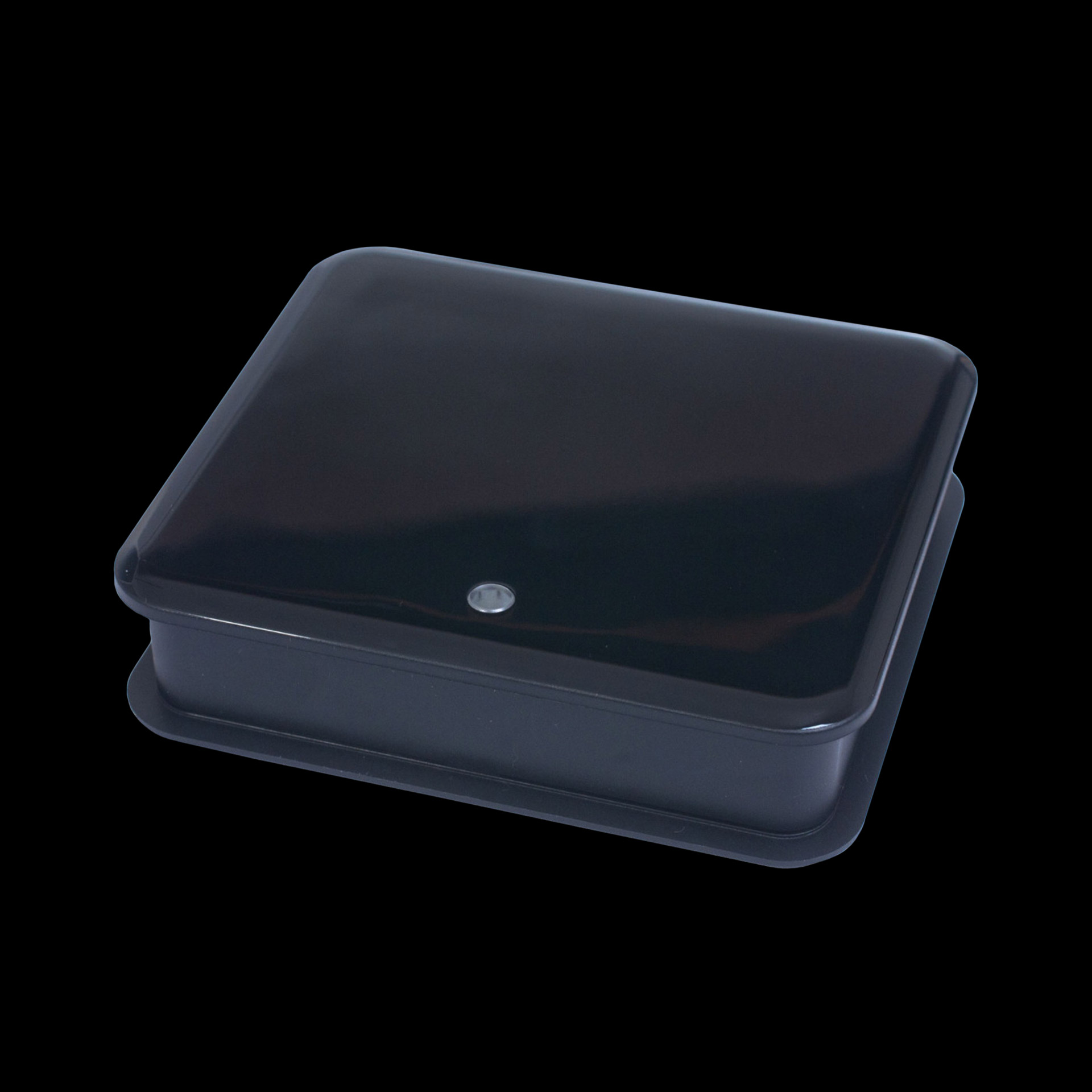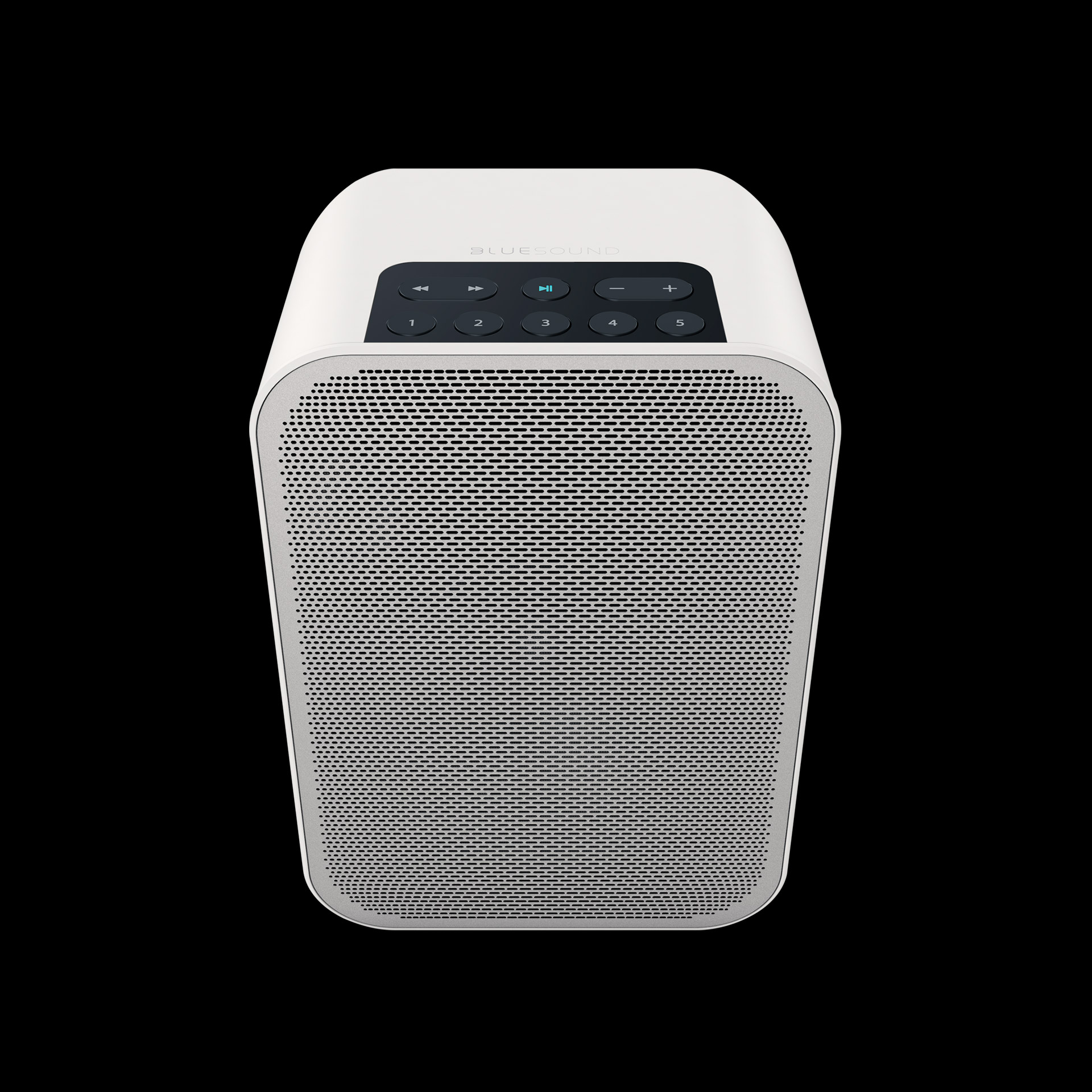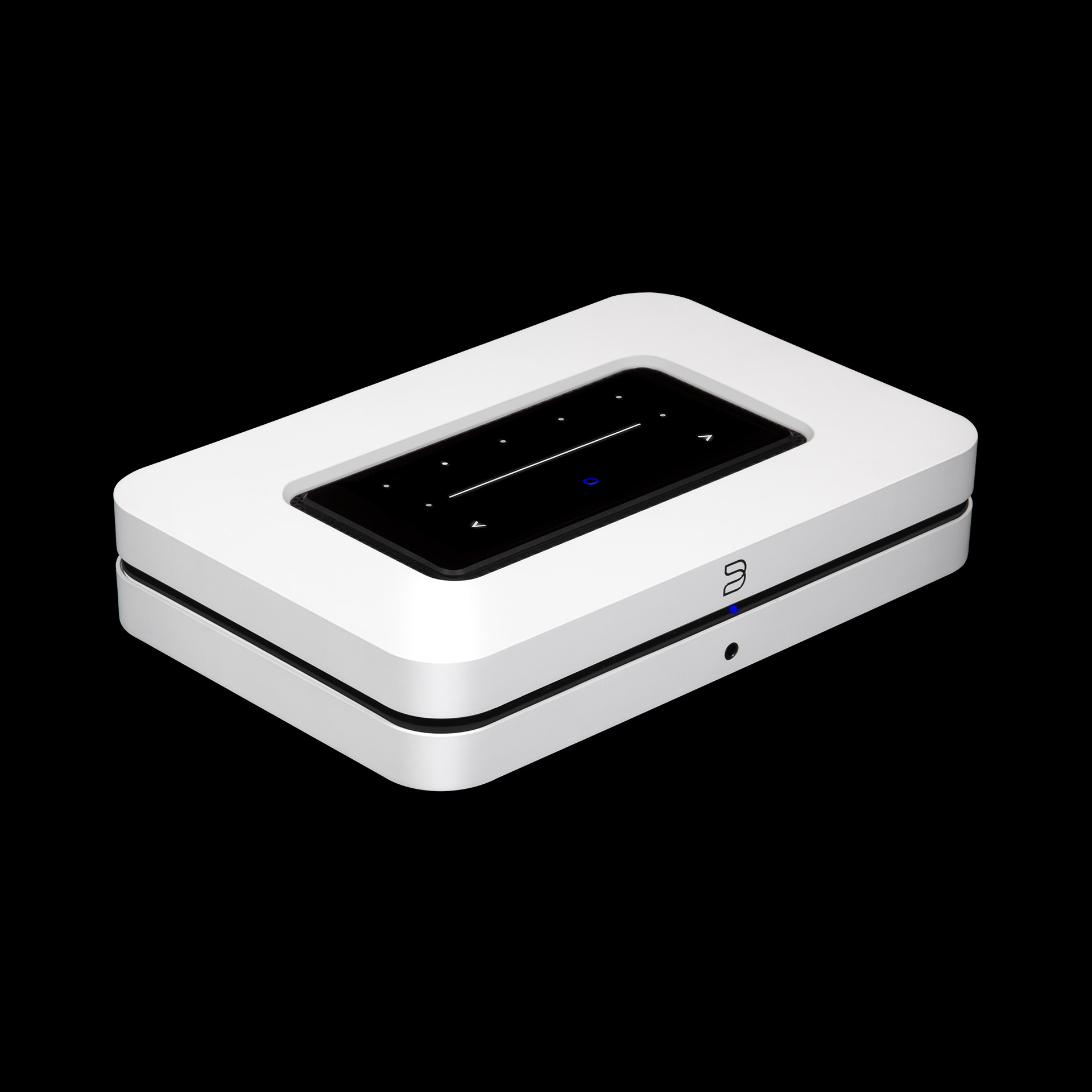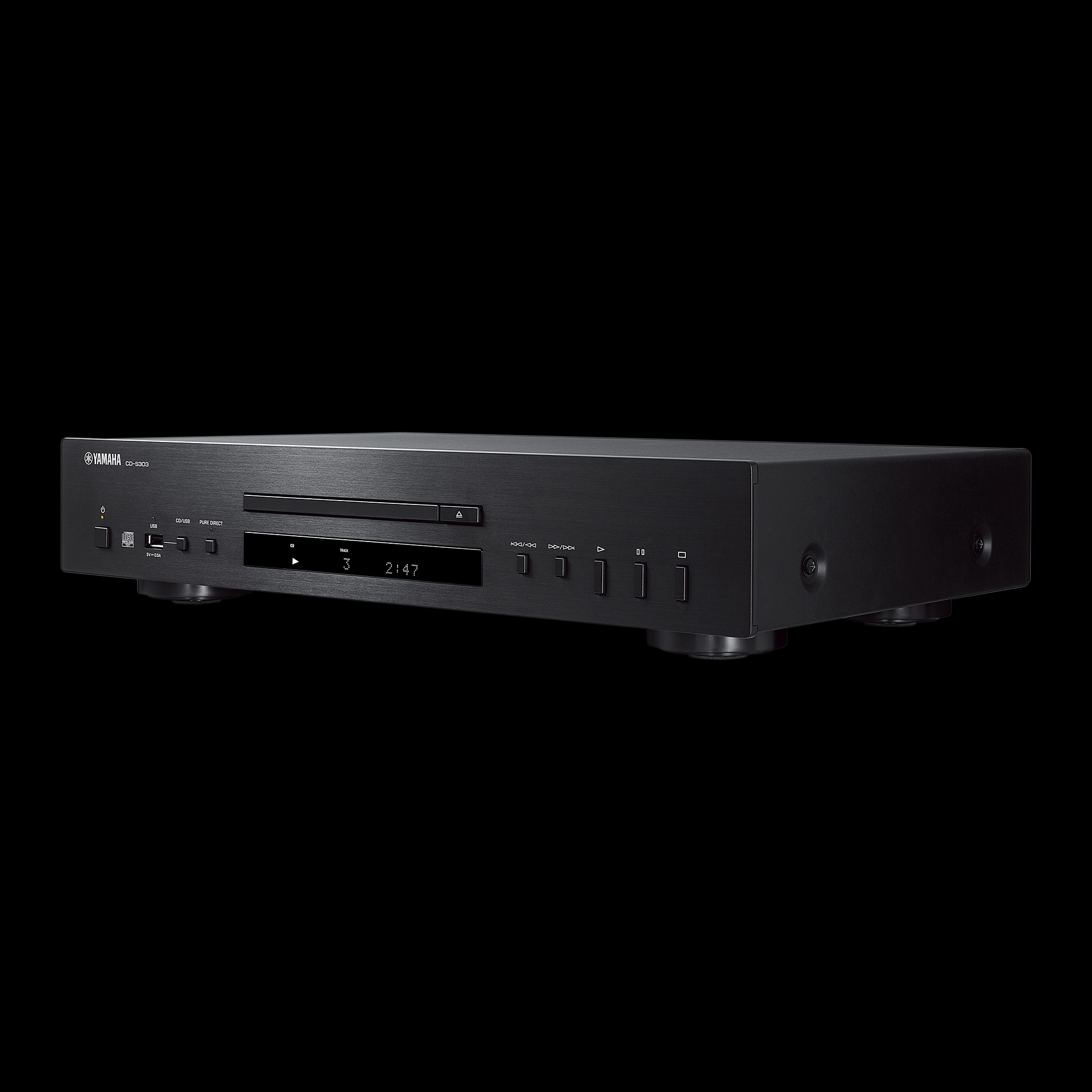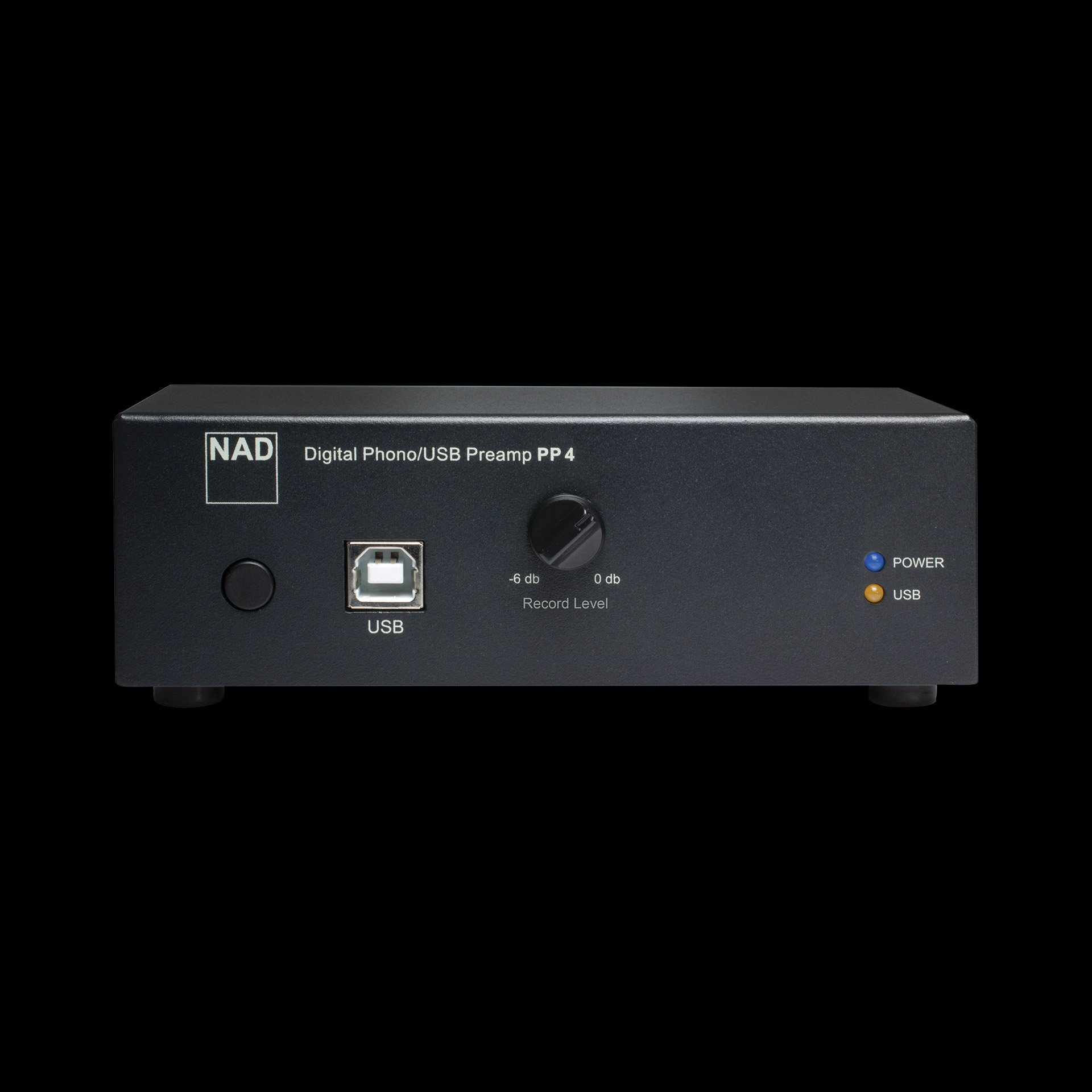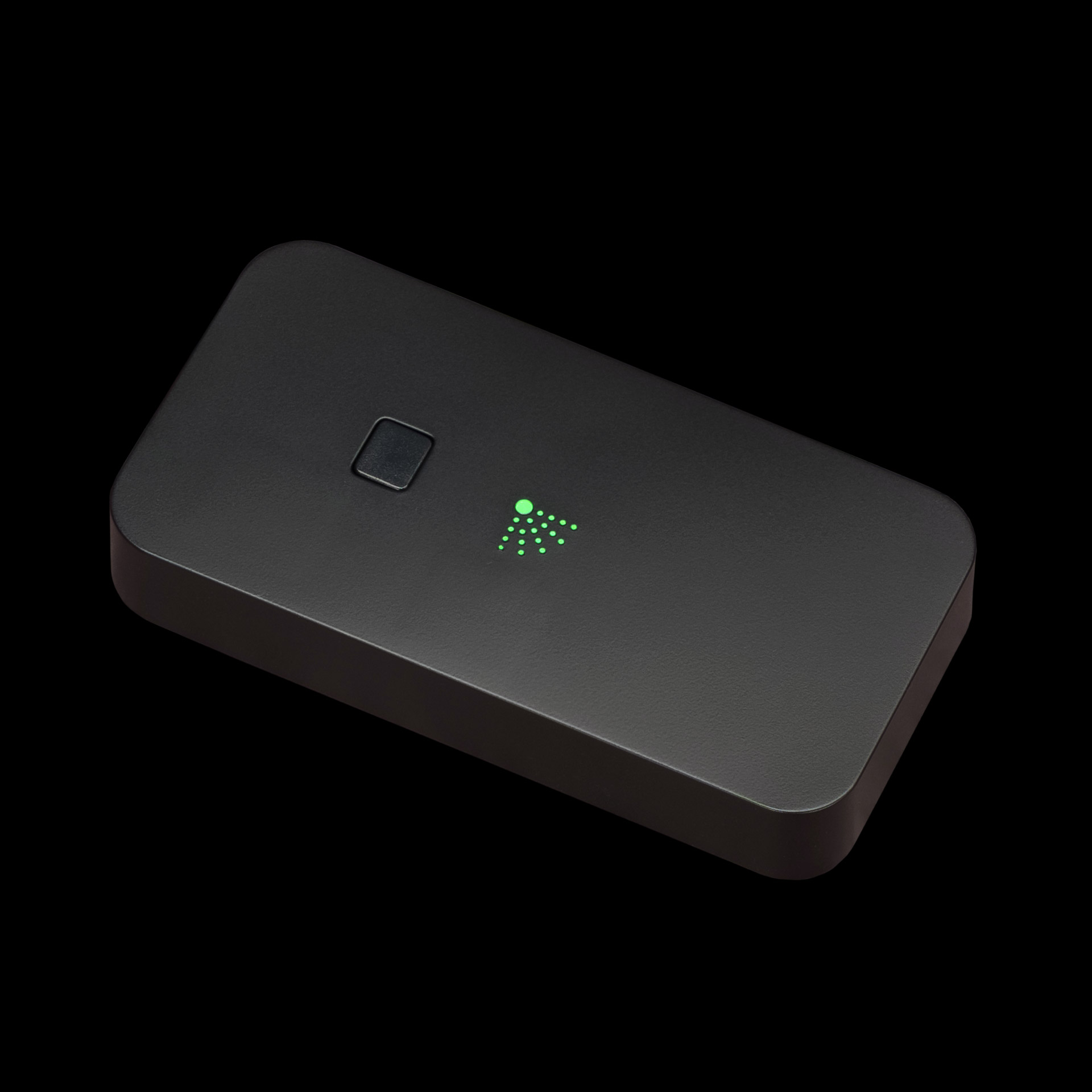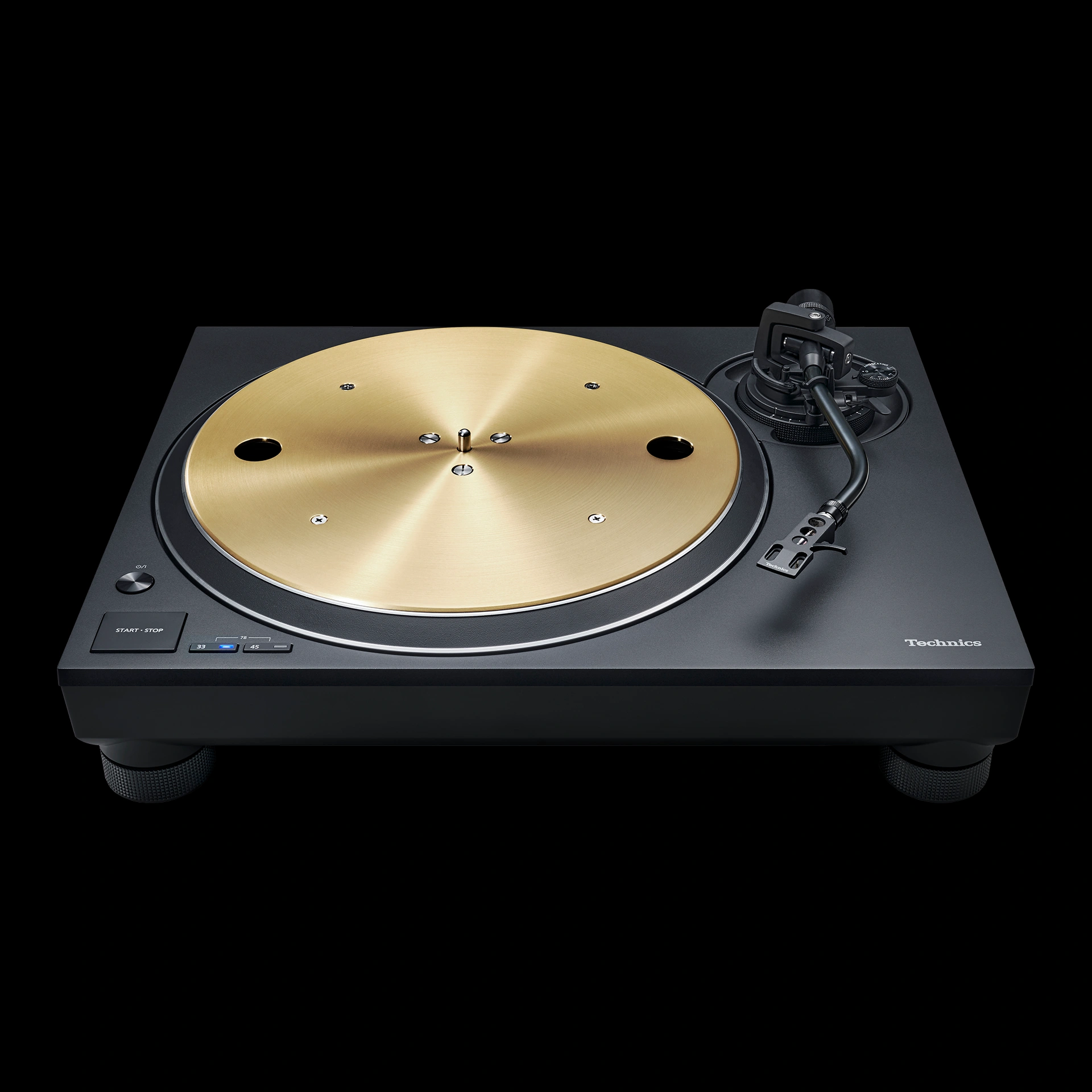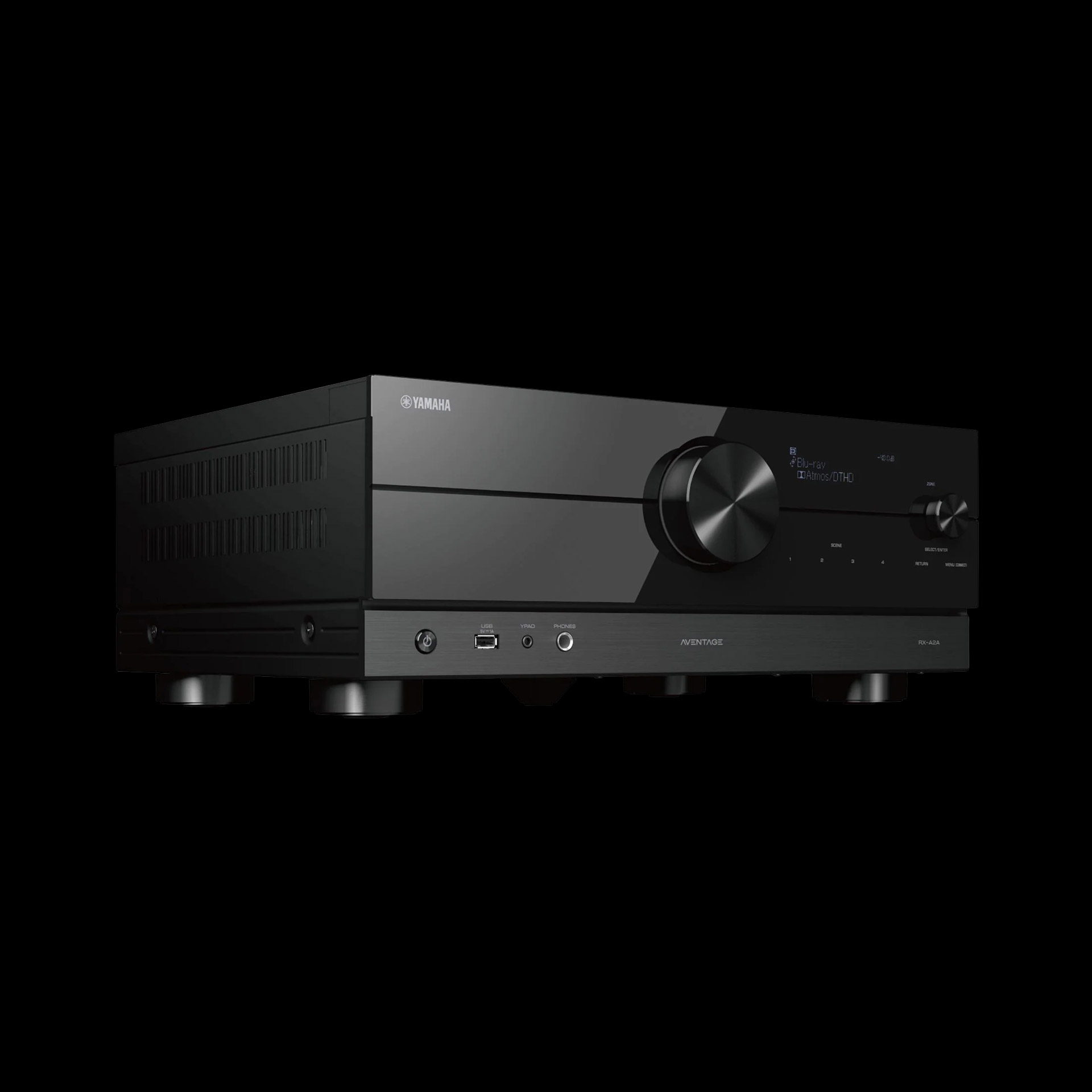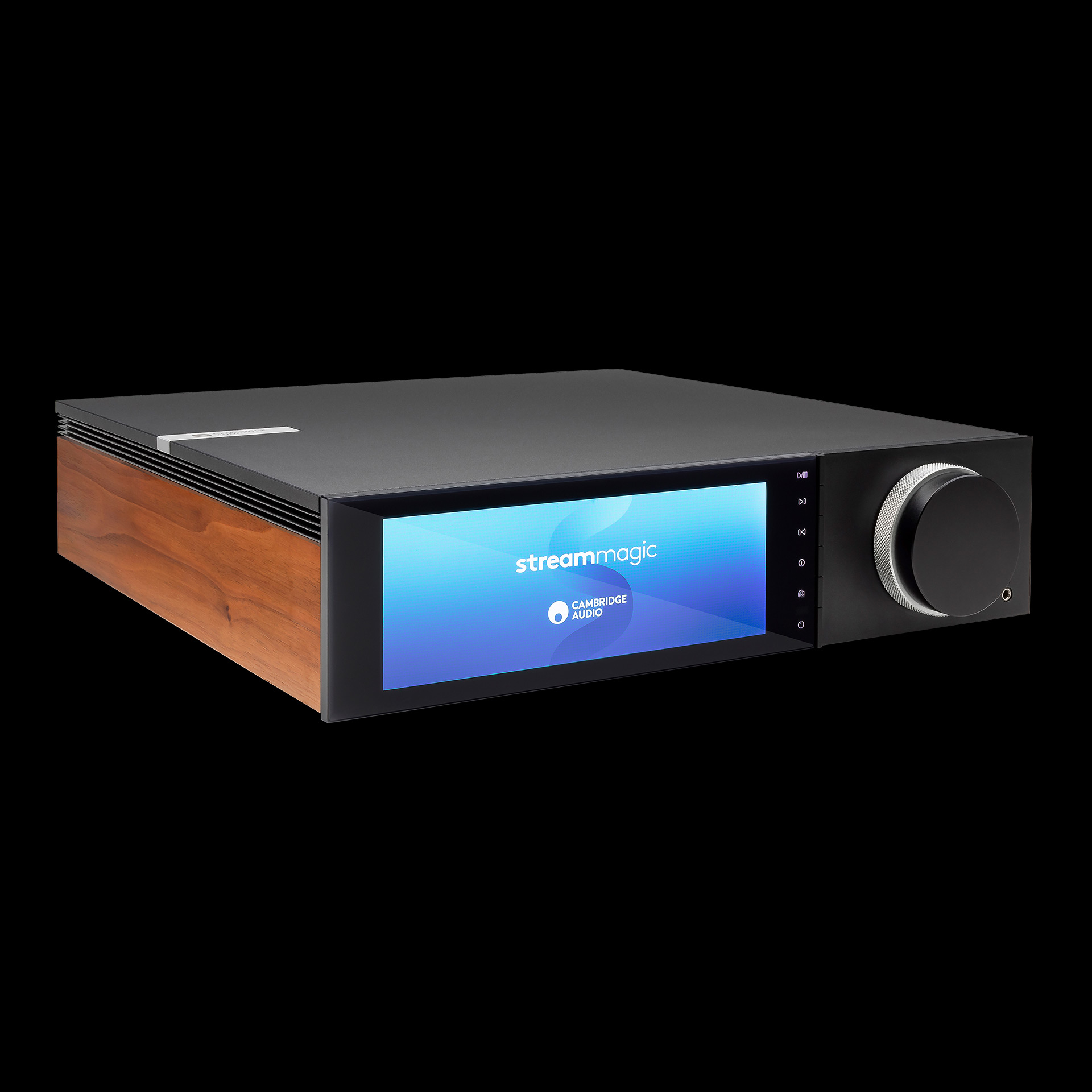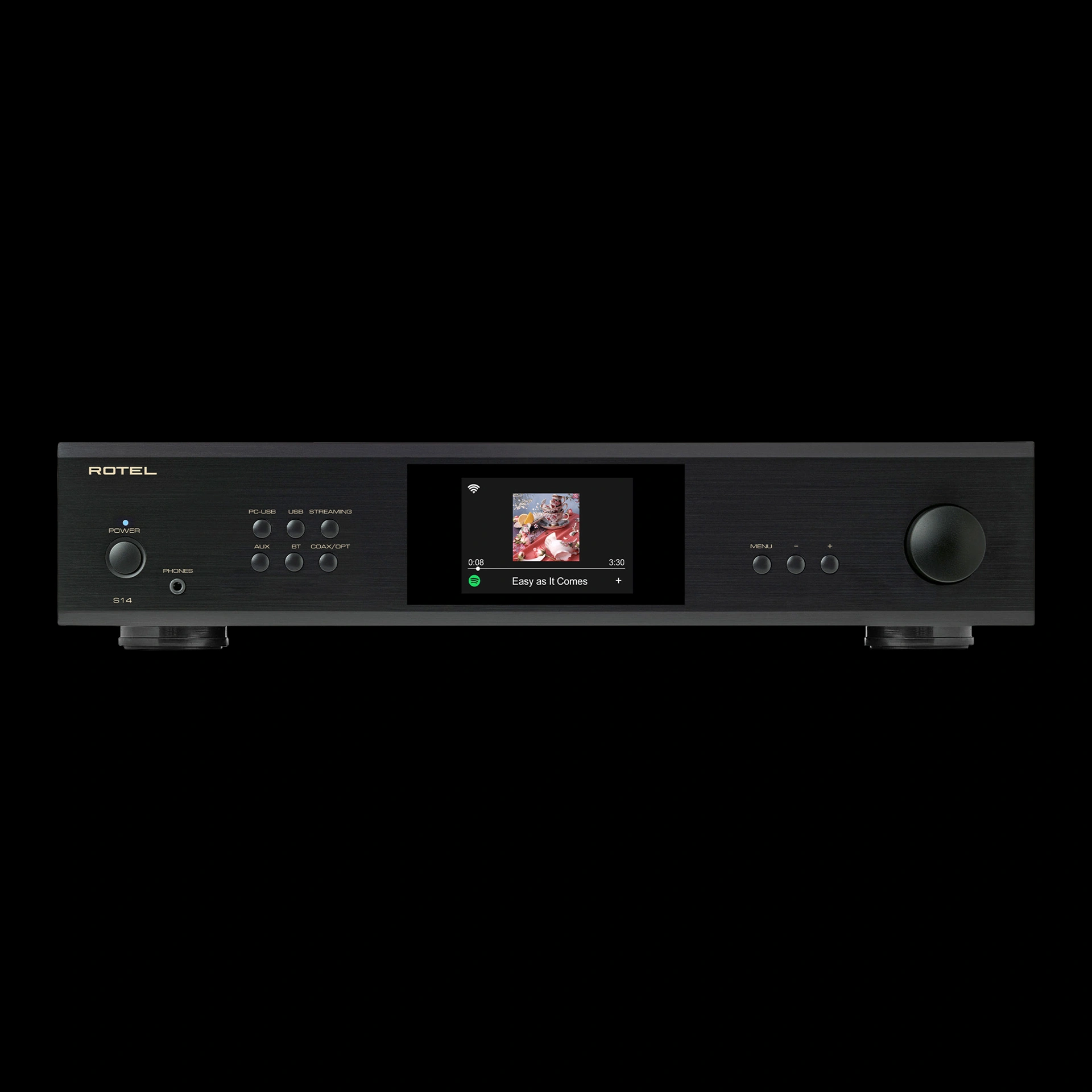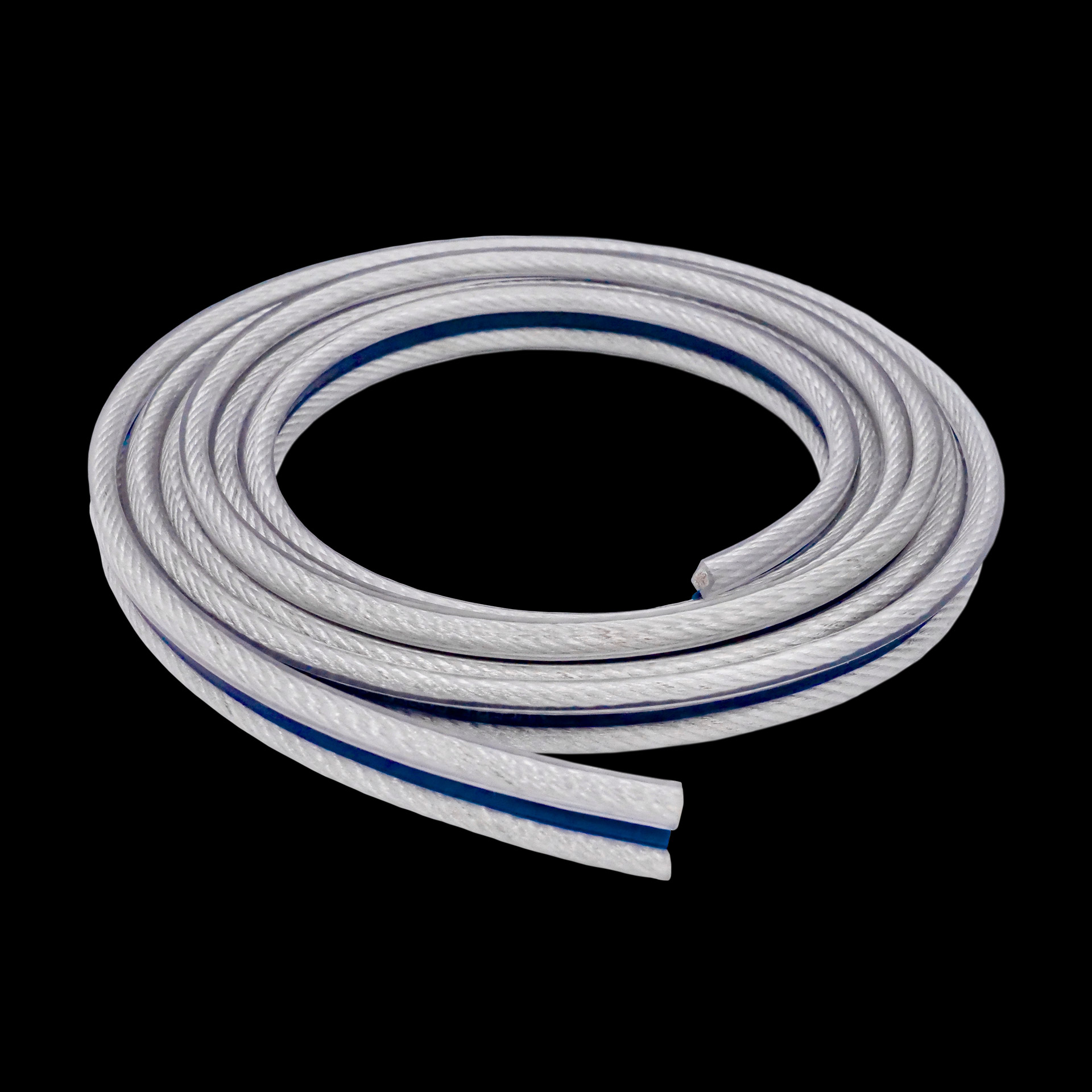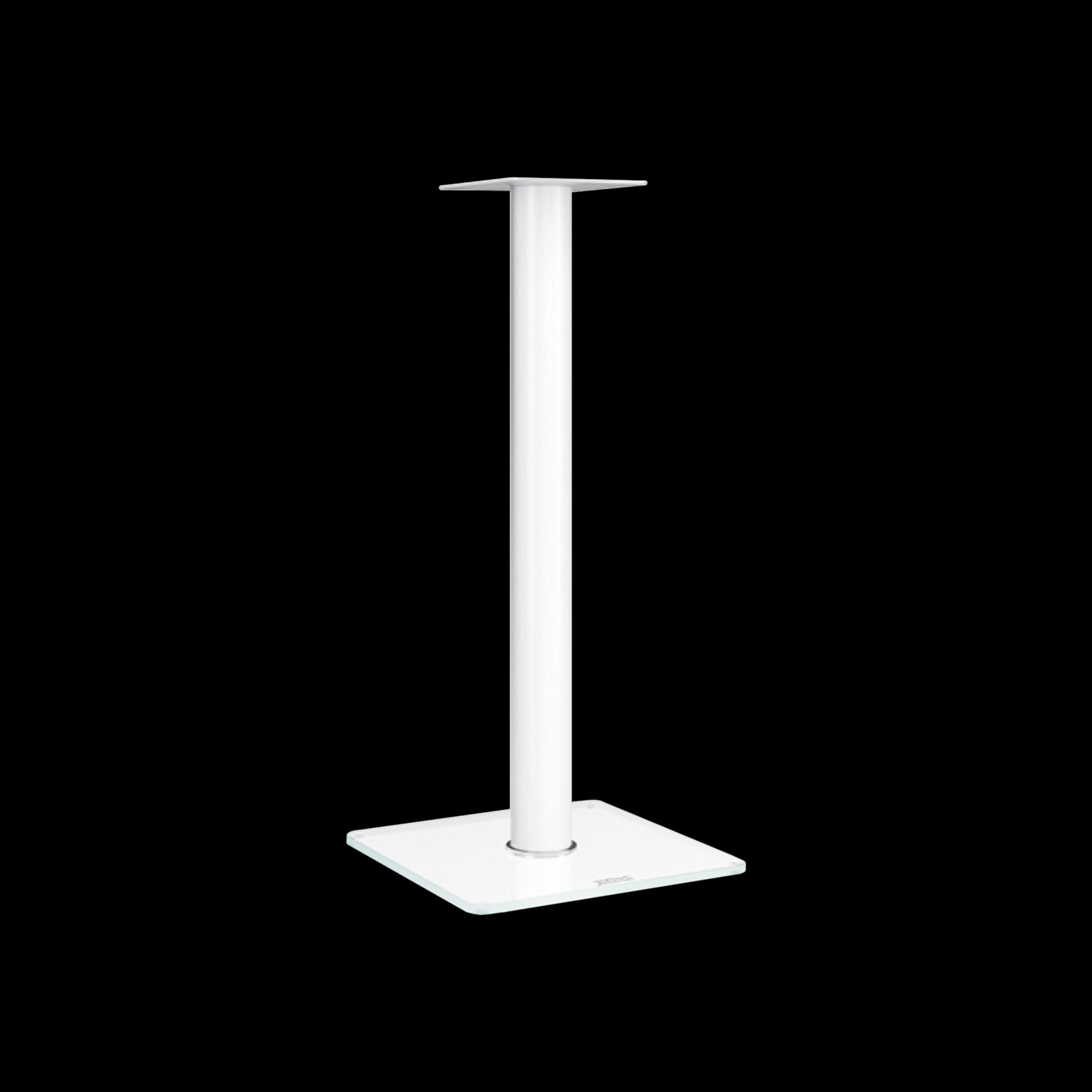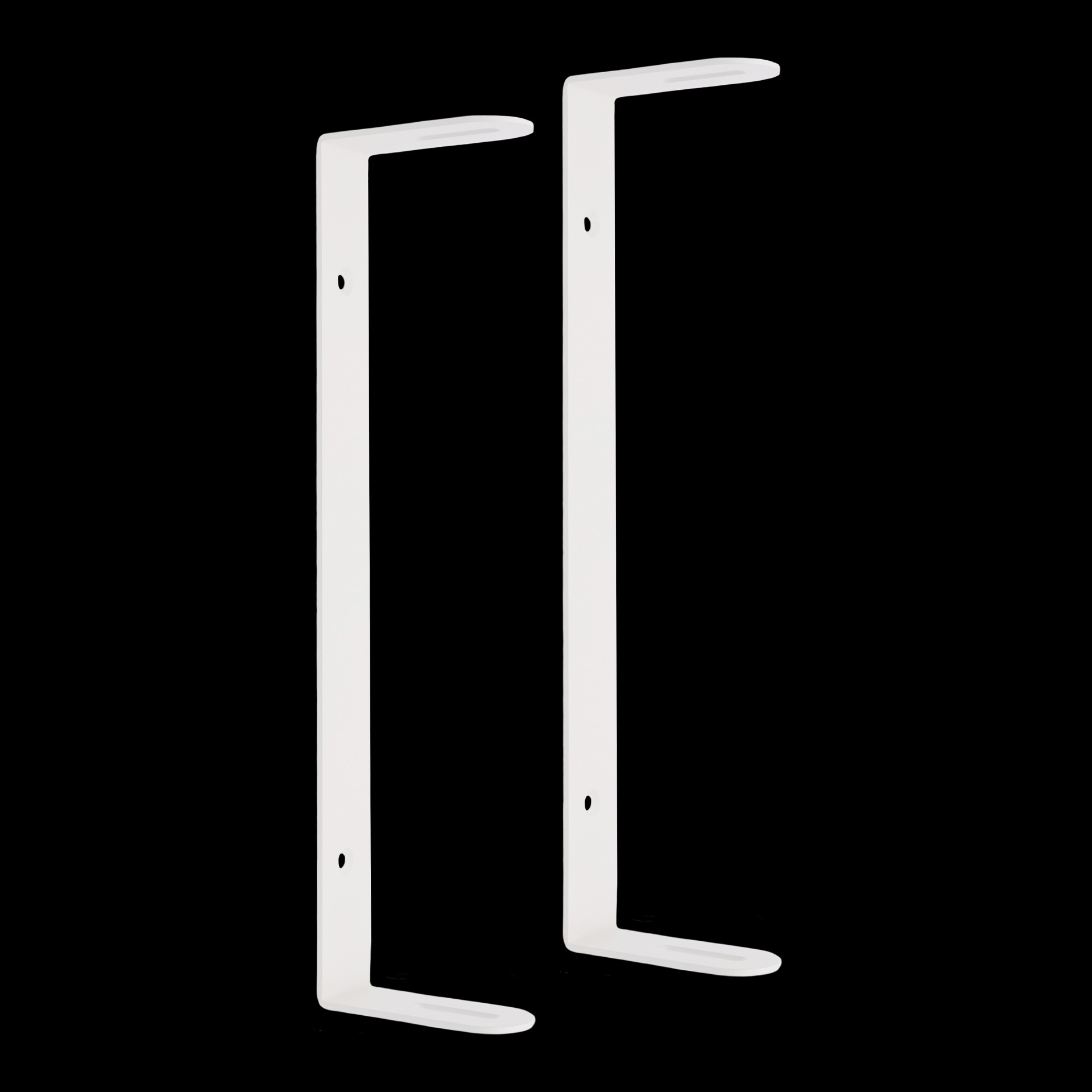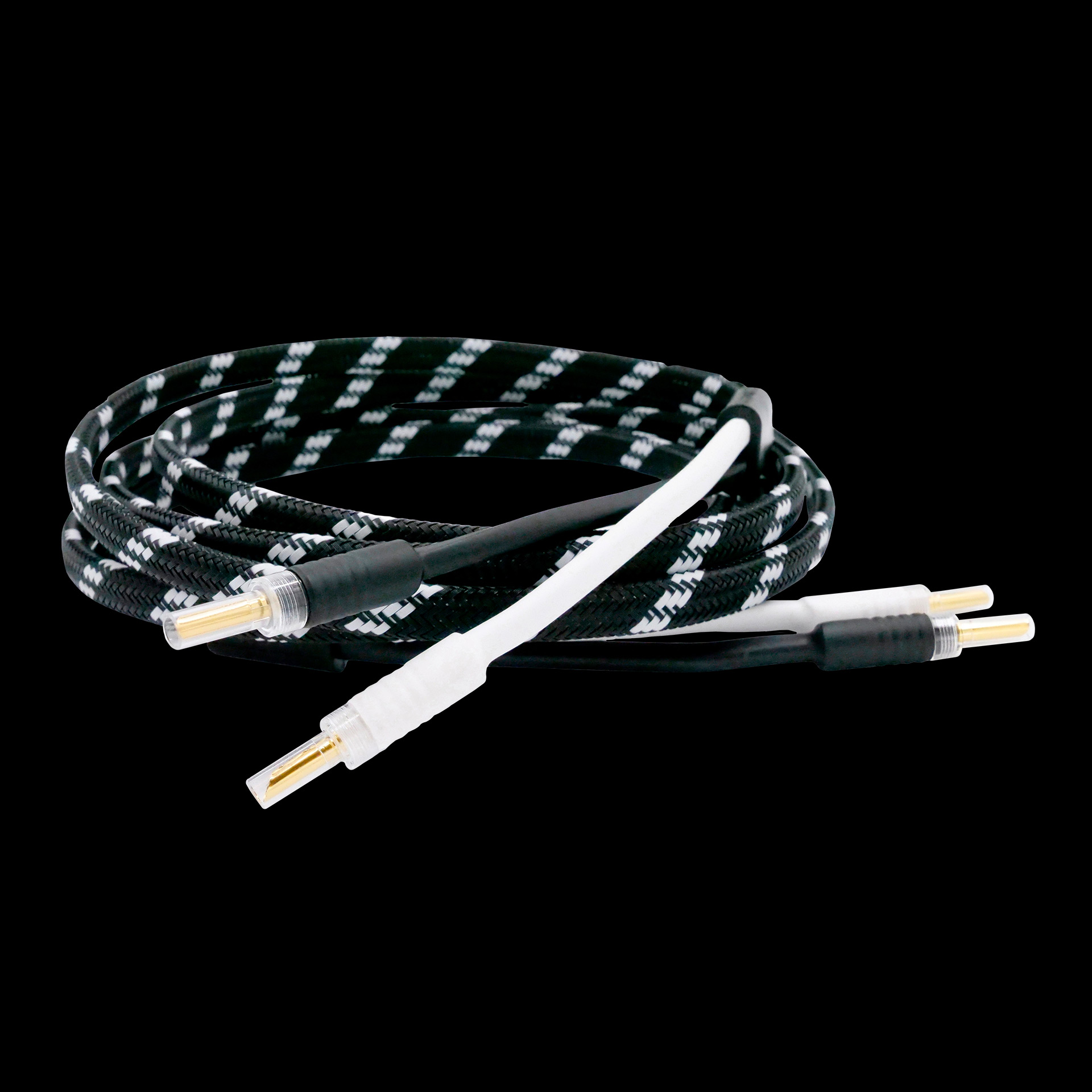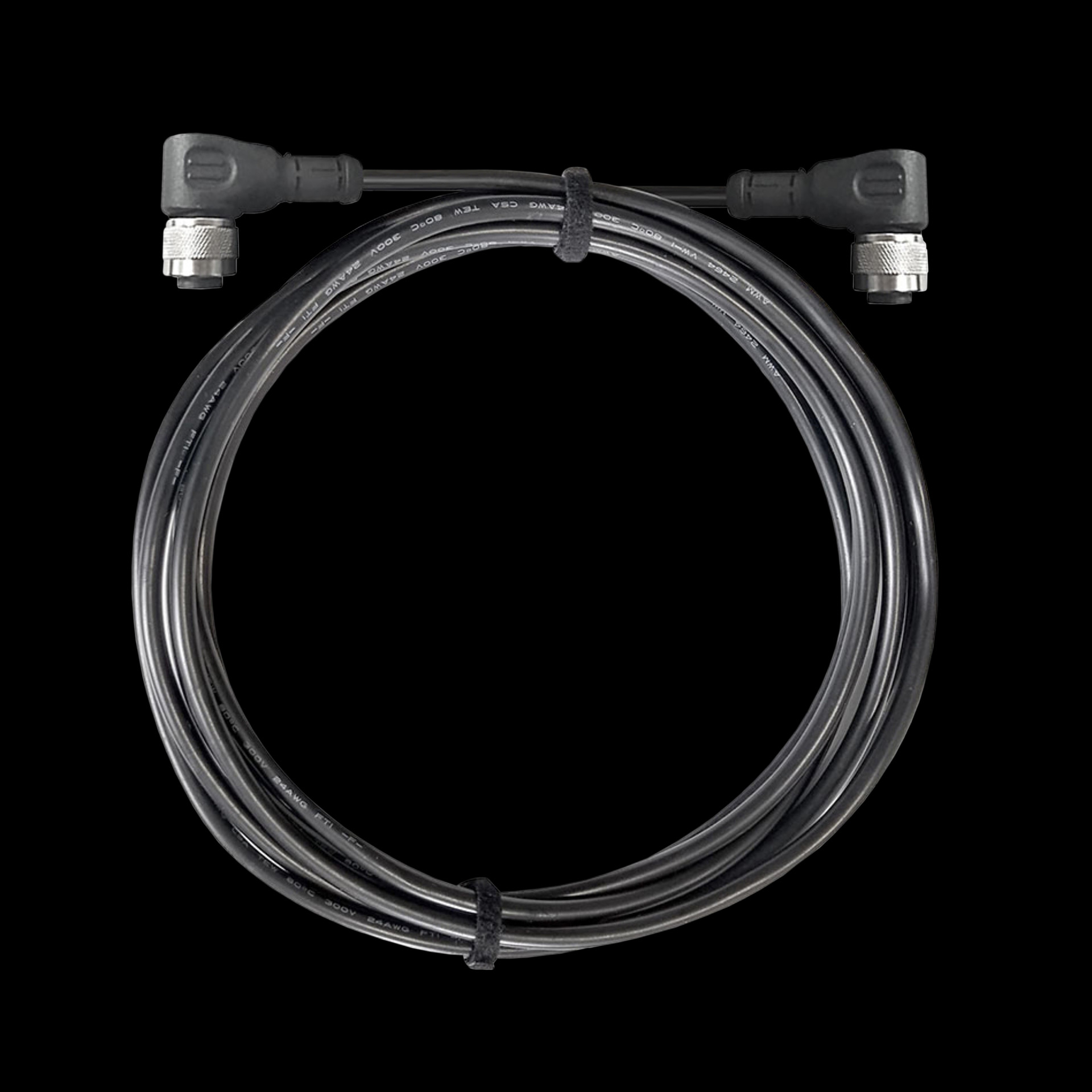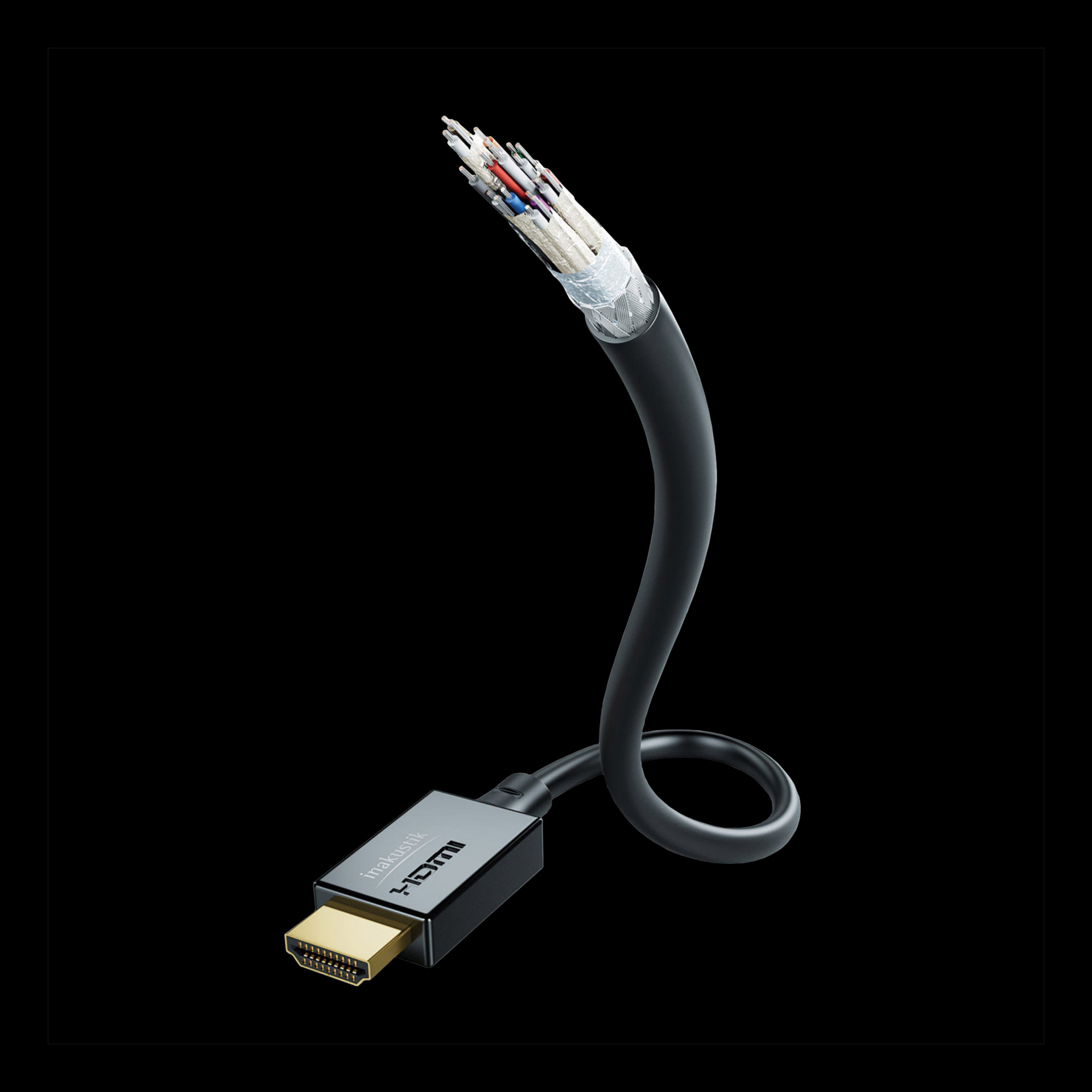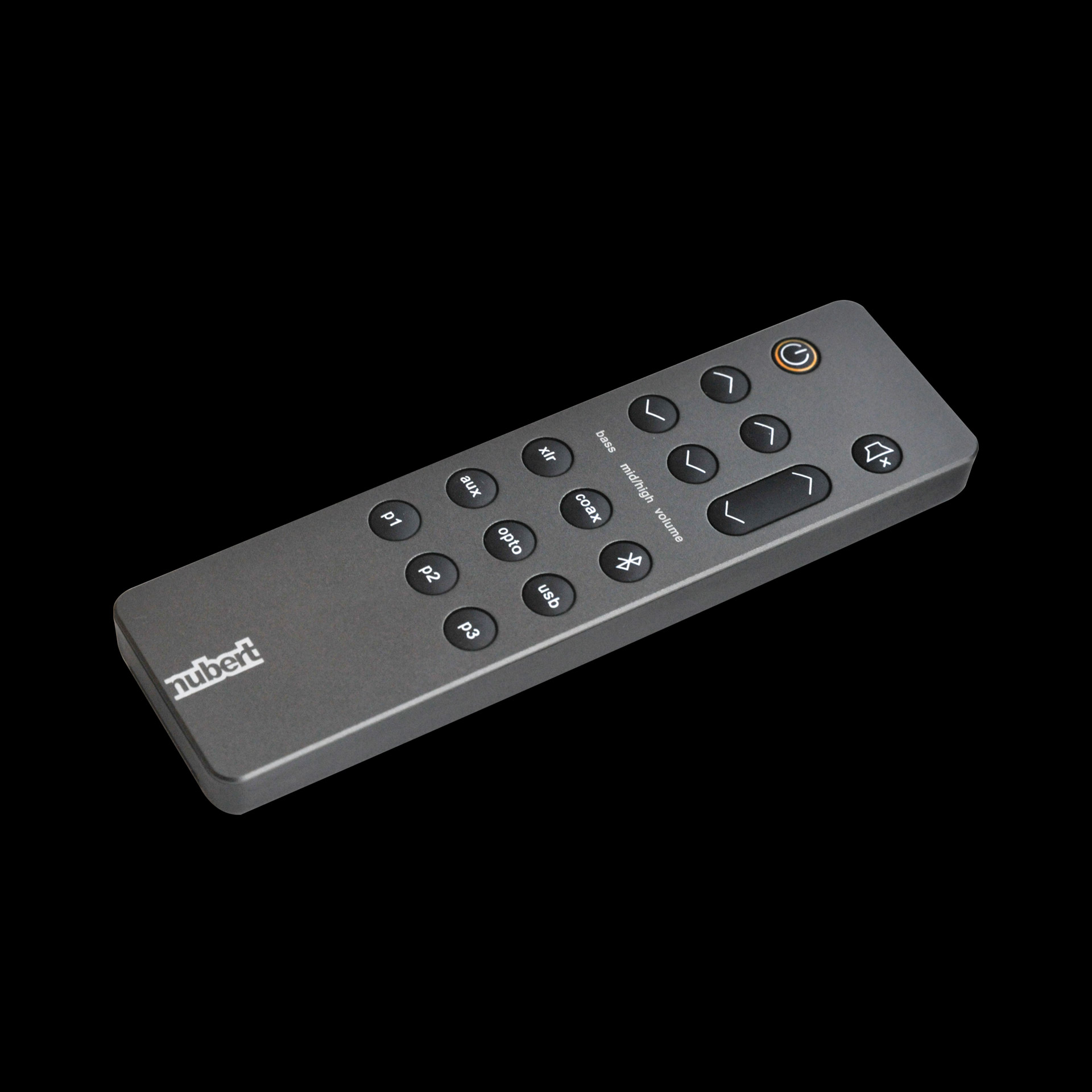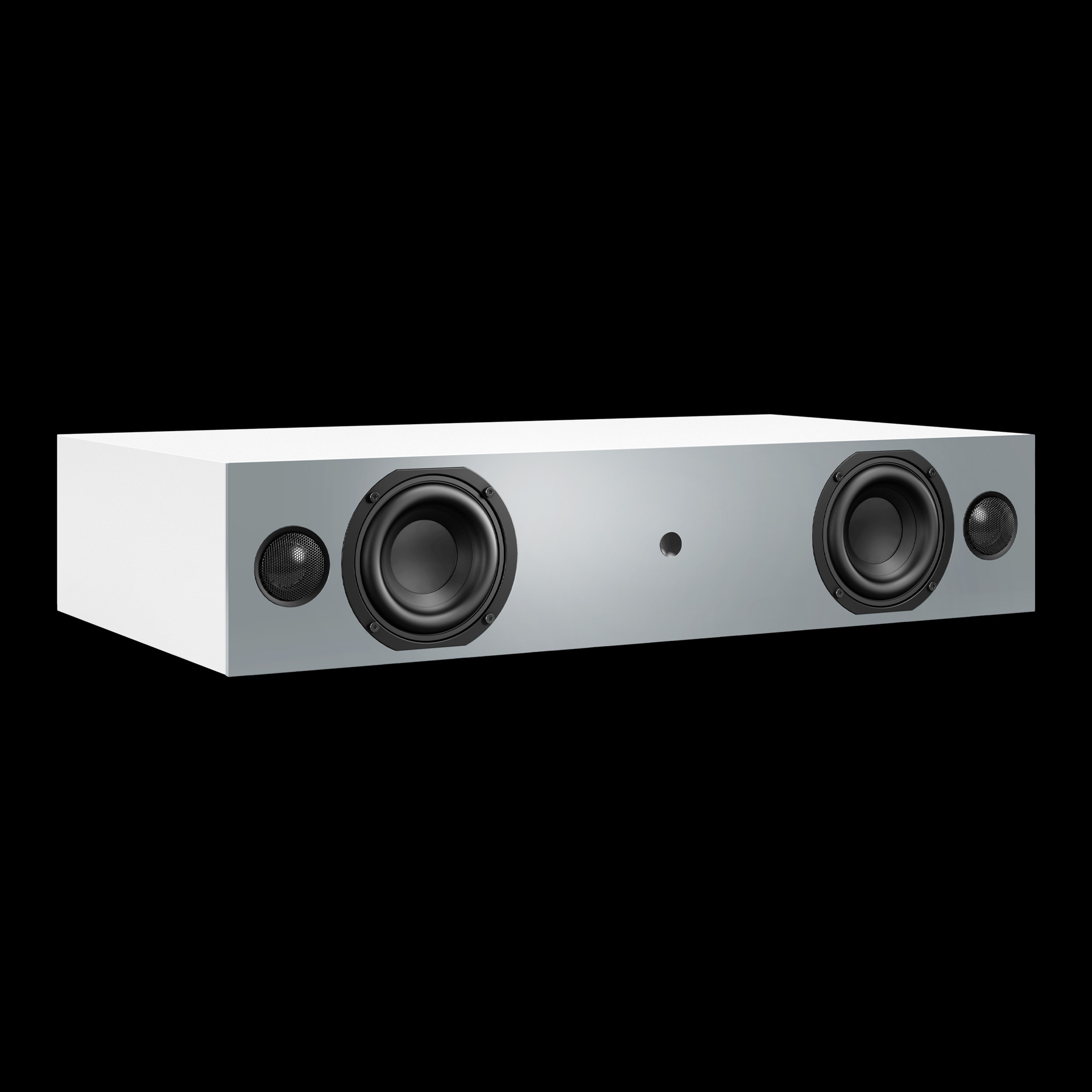Our Shop-Glossary
Here you will find a summary of all terms used in the shop in one place.
CD
Stands for compact disc; an optical storage medium on which sound and video information can also be stored in digital form.
Cinch
A plug connection that is very often used in hi-fi and home cinema. Common examples are stereo cinch connections or electrical digital cinch connections for the sound transmission of hi-fi components or subwoofer cinch connections for subwoofers.
Class A
Operating mode of an amplifier that is characterised by extremely low interference values but extremely high (quiescent) power consumption.
Class AB
Operating mode of an amplifier that represents a compromise between power consumption and interference values.
Class D
Operating mode of an amplifier with high energy efficiency, but increased interference values due to the design.
Clipping
Acoustic distortion effect that can be caused, for example, by overdriving an amplifier.
Closed
In a closed cabinet, unlike a bass reflex cabinet, there are no openings for sound radiation other than the drivers themselves. Usually, closed boxes do not achieve the low frequency efficiency of bass reflex speakers.
Codec
Refers to the format in which audio or video information is stored within a file. Known codecs are, for example, MP3 (audio) or H.264 (video).
Compact loudspeaker
The size classes in loudspeaker construction are not exactly defined. In essence, however, compact speakers are designed to be positioned on stands or on furniture, while floorstanding speakers stand on the floor.
Continuous power
The power that an amplifier can produce permanently or that a speaker can withstand permanently.
Crossover
The crossover is an electronic circuit by means of which a loudspeaker divides incoming sound signals into different frequency ranges and passes them on to the respective "responsible" drivers (i.e. tweeter, midrange, woofer) for reproduction.


